The terms mobility and flexibility are often promoted as key areas for improving injury resistance and range of movement.
Many people use the two words interchangeably, often unaware that they mean two very different things.
That leaves us with the questions of what is the difference between flexibility and mobility, and which should athleten focus on? Here, Built for Athleten takes a look.
Mobility vs Flexibility
Flexibility is all about a muscle’s ability to stretch and lengthen. It can be measured by holding fixed poses and is improved by traditional static stretching.
Mobility is all to do with the range of movement at the joints, and how easily muscles can move across joints. Good flexibility does promote mobility, but you also need muscular strength and stability too.
You can see the difference yourself by standing and raising your knee towards your chest as far as you can. This is a measure of your mobility. To measure flexibility, grab your knee and pull it into your chest further.
Target Mobility For Athletic Performance
We know that the most flexible athleten are not always the most successful. Good mobility tends to be much more applicable and specific to most sports that involve active movement.
In running, for example, your leg muscles actually need to have a degree of stiffness in order to perform at a high level. In fact, static stretching as a warm-up has been shown to decrease performance in endurance as well as power-based sports because it decreases the explosiveness of muscles.
It’s now almost universally accepted that static stretching before a workout should be avoided, and many elite athleten stop static stretching in the days leading up to competition.
Of course, if static stretching is something you find benefits your recovery you don’t necessarily need to throw it out of your programme altogether. Practices like yoga can certainly help rejuvenate the muscles and help prevent injuries. Don’t forget flexibility is a component of overall mobility.
But be aware that it won’t necessarily improve your performance and that good range of motion has been shown to be directly related to injury resistance .


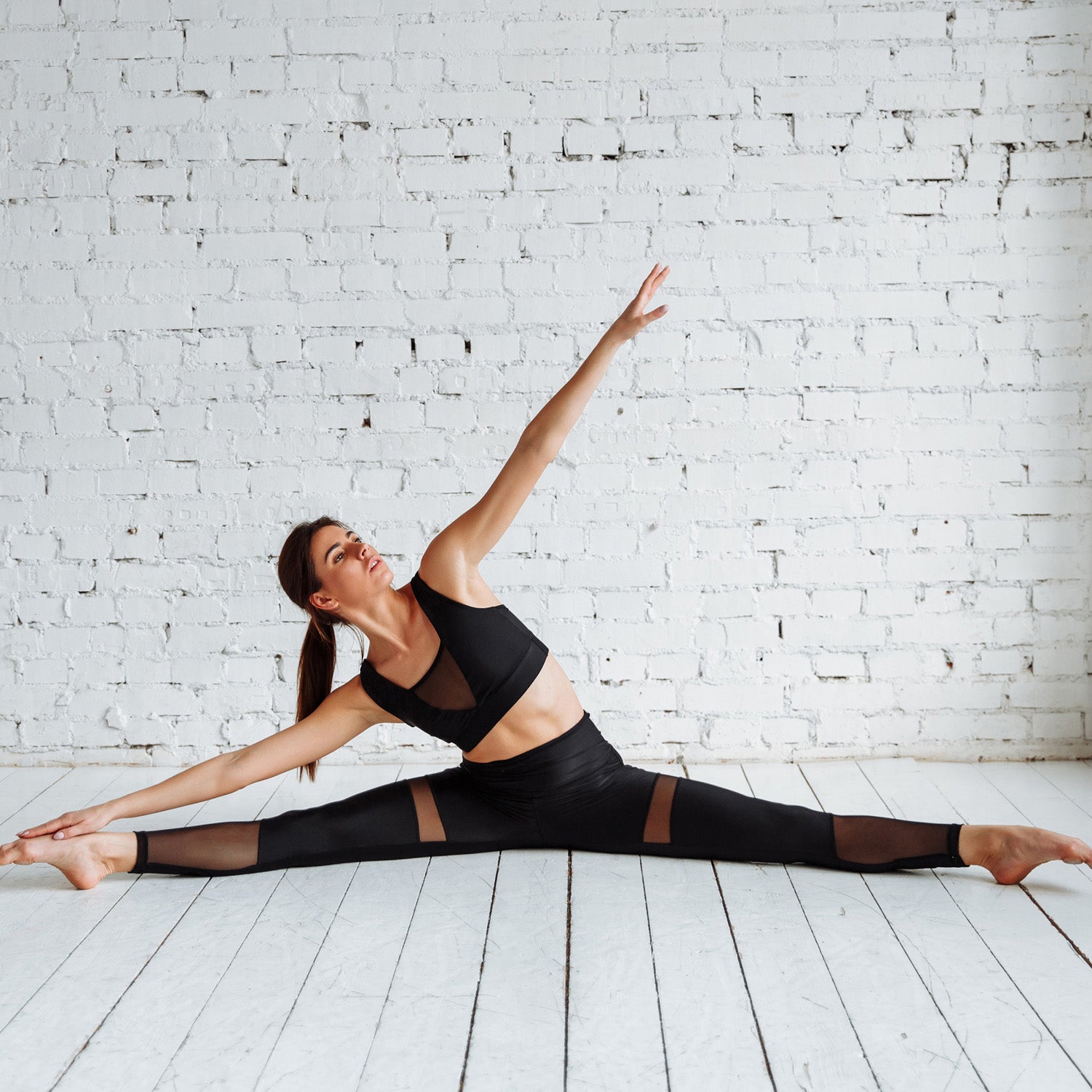

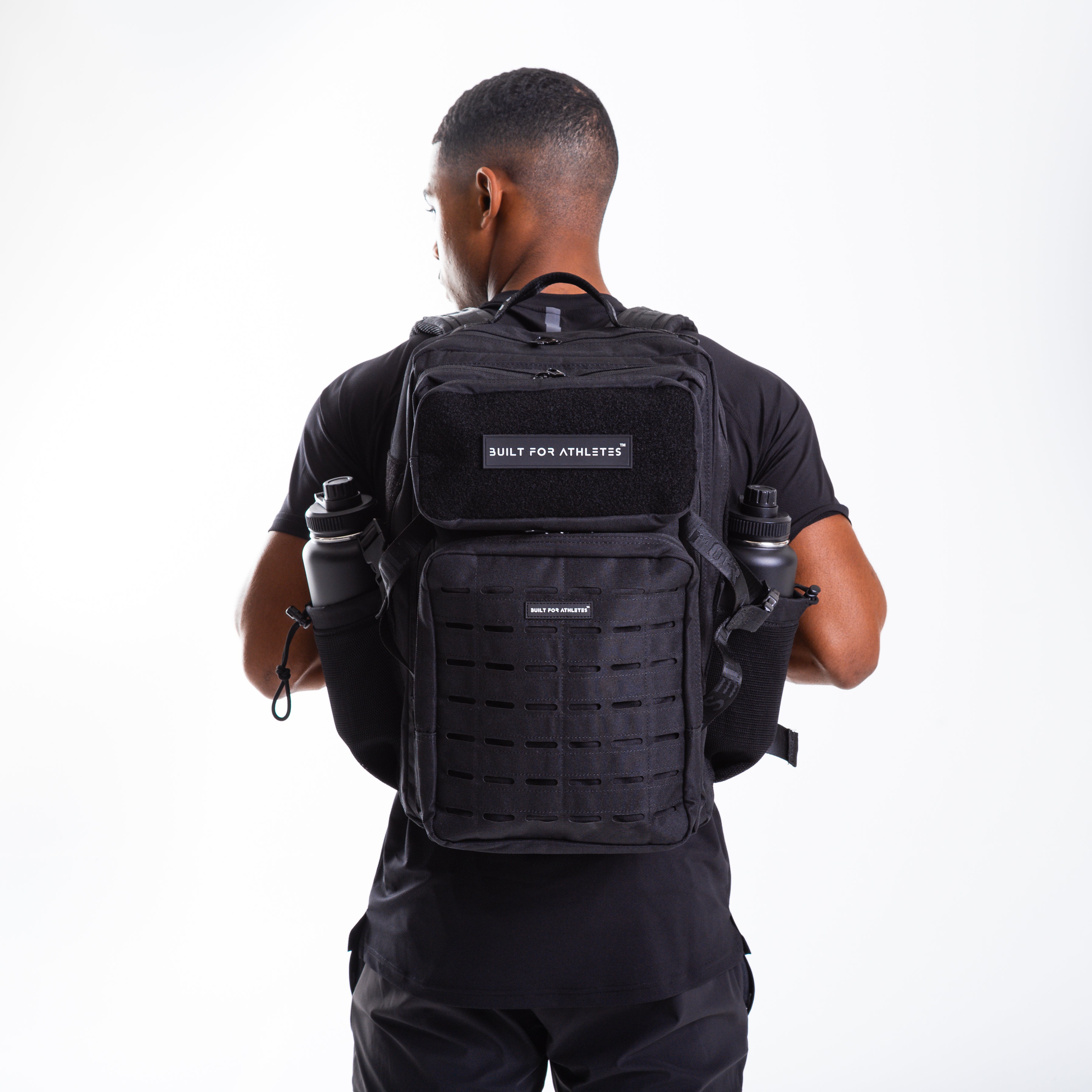
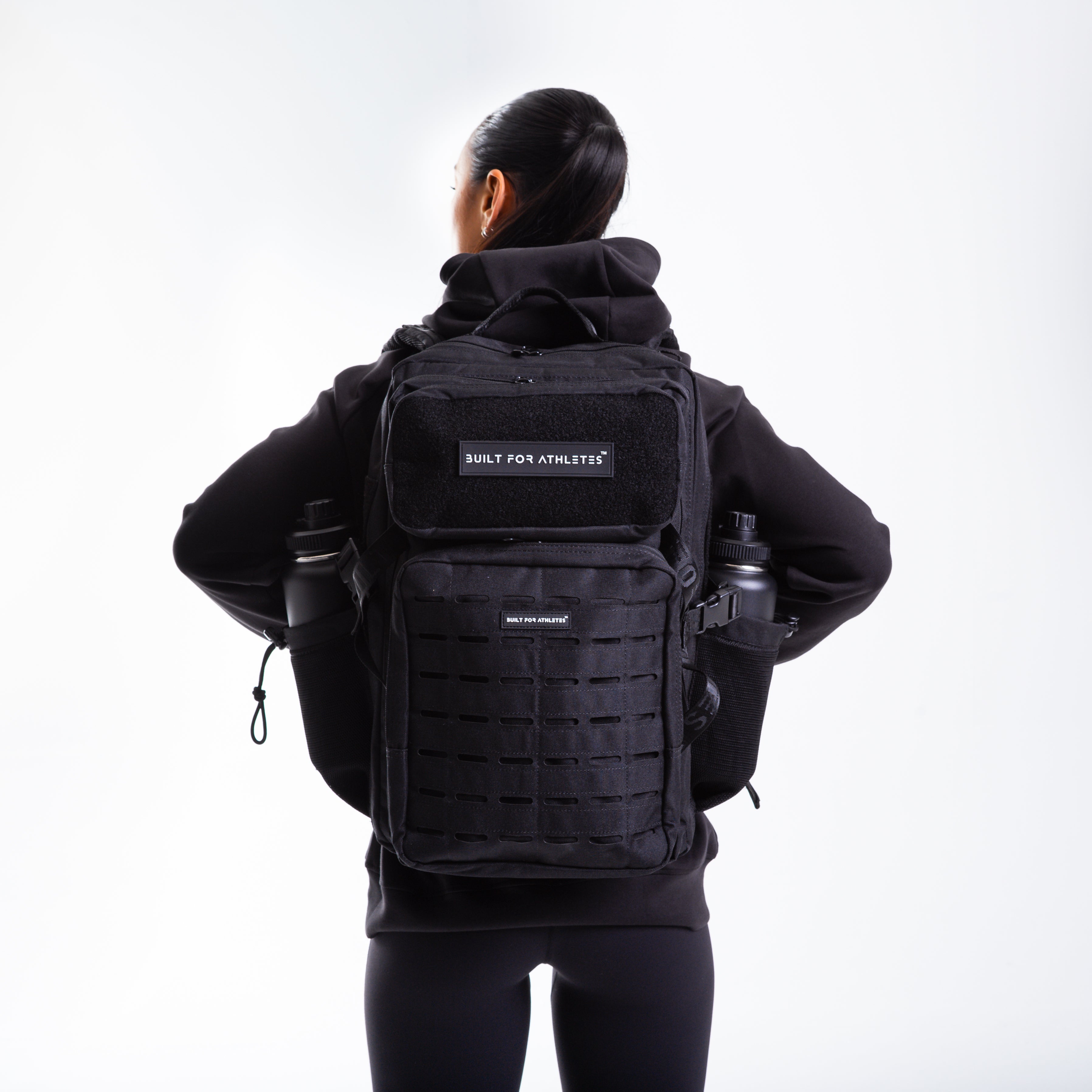
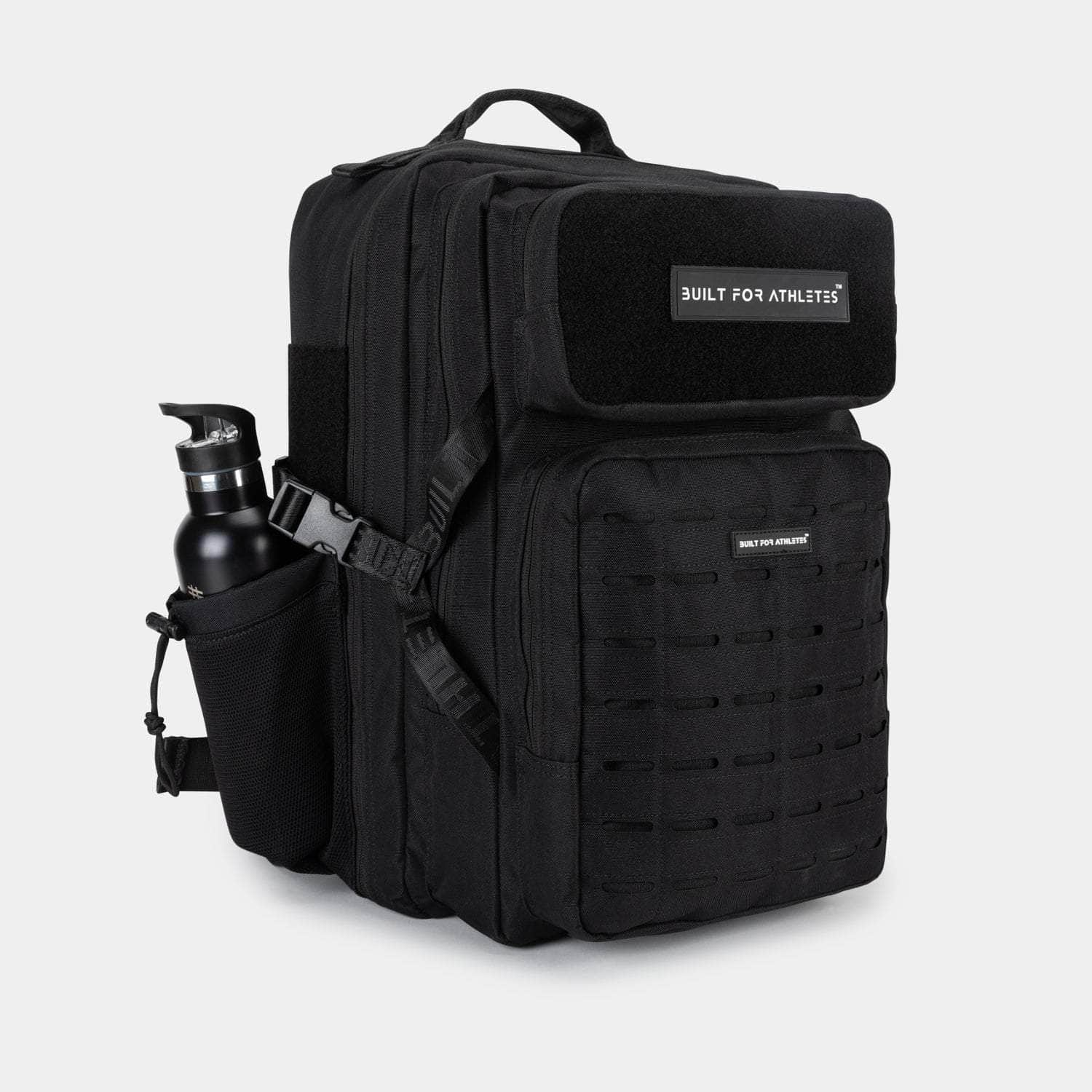







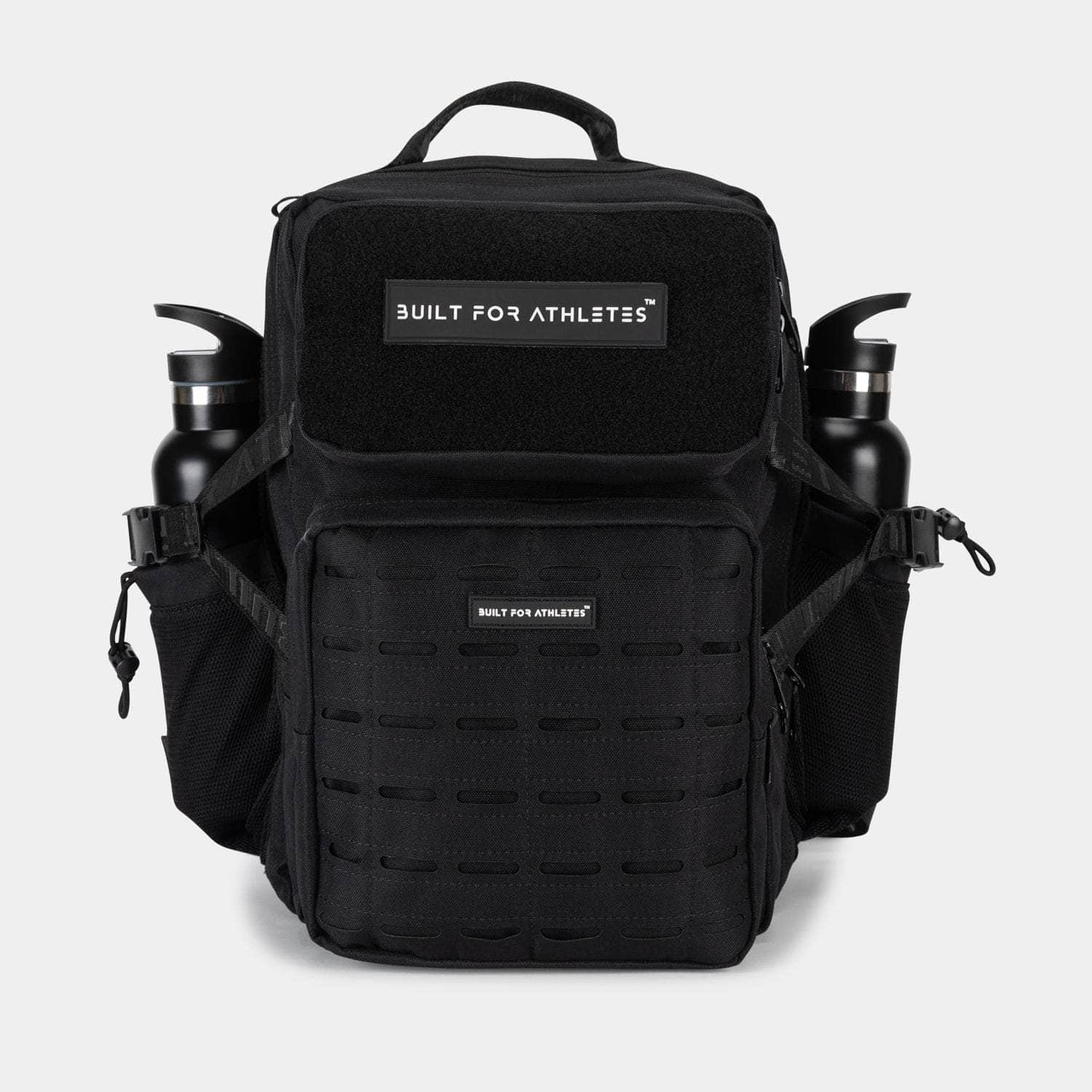
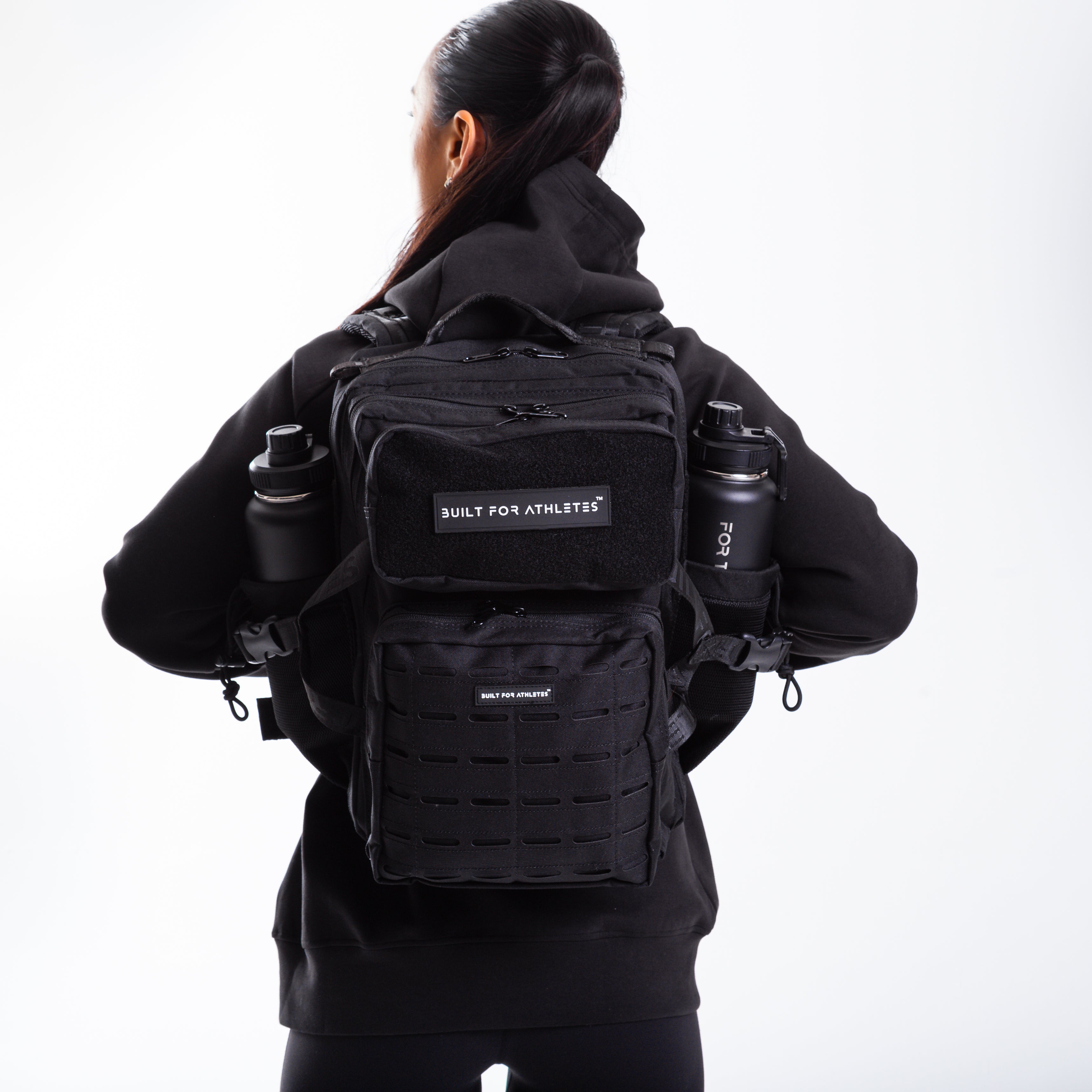
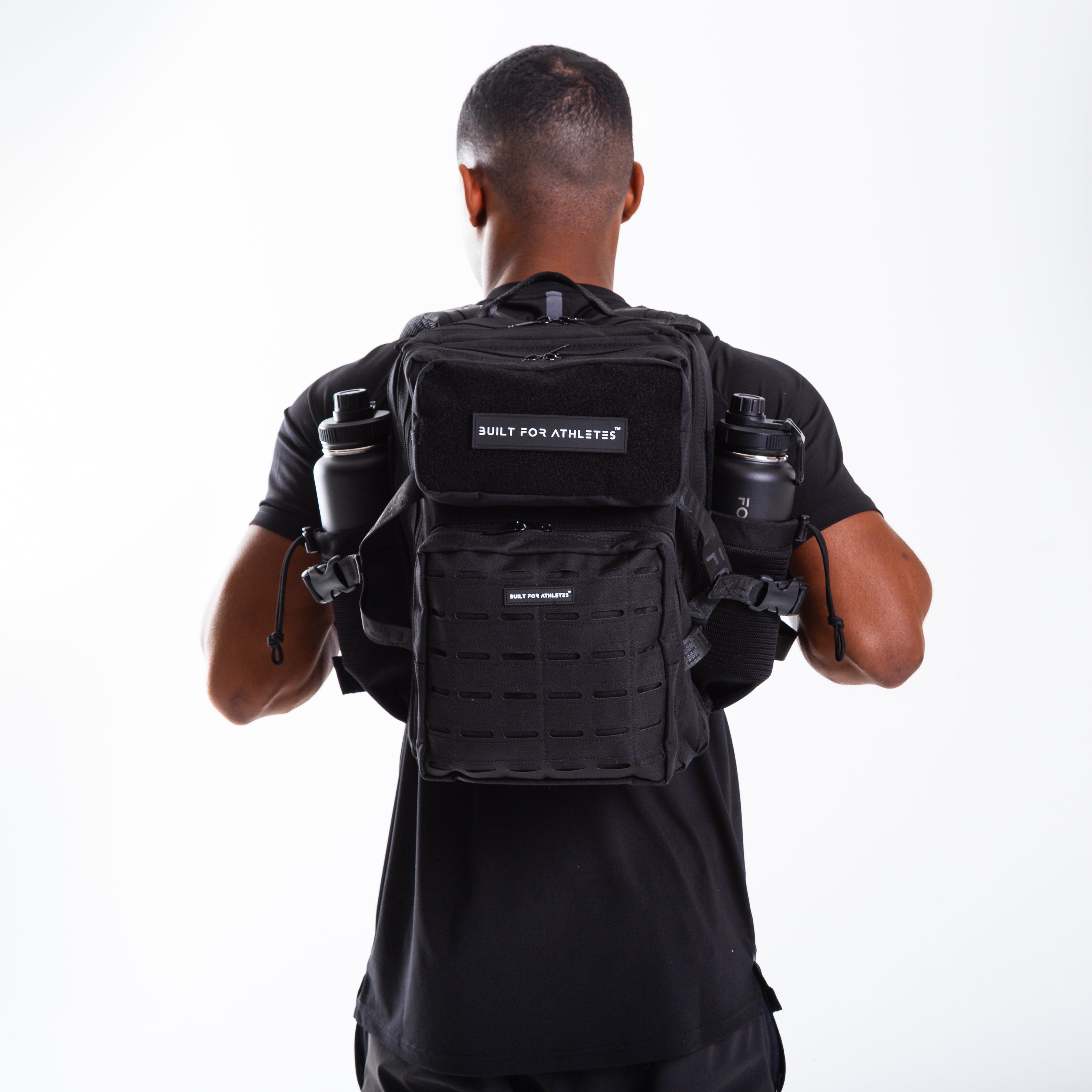
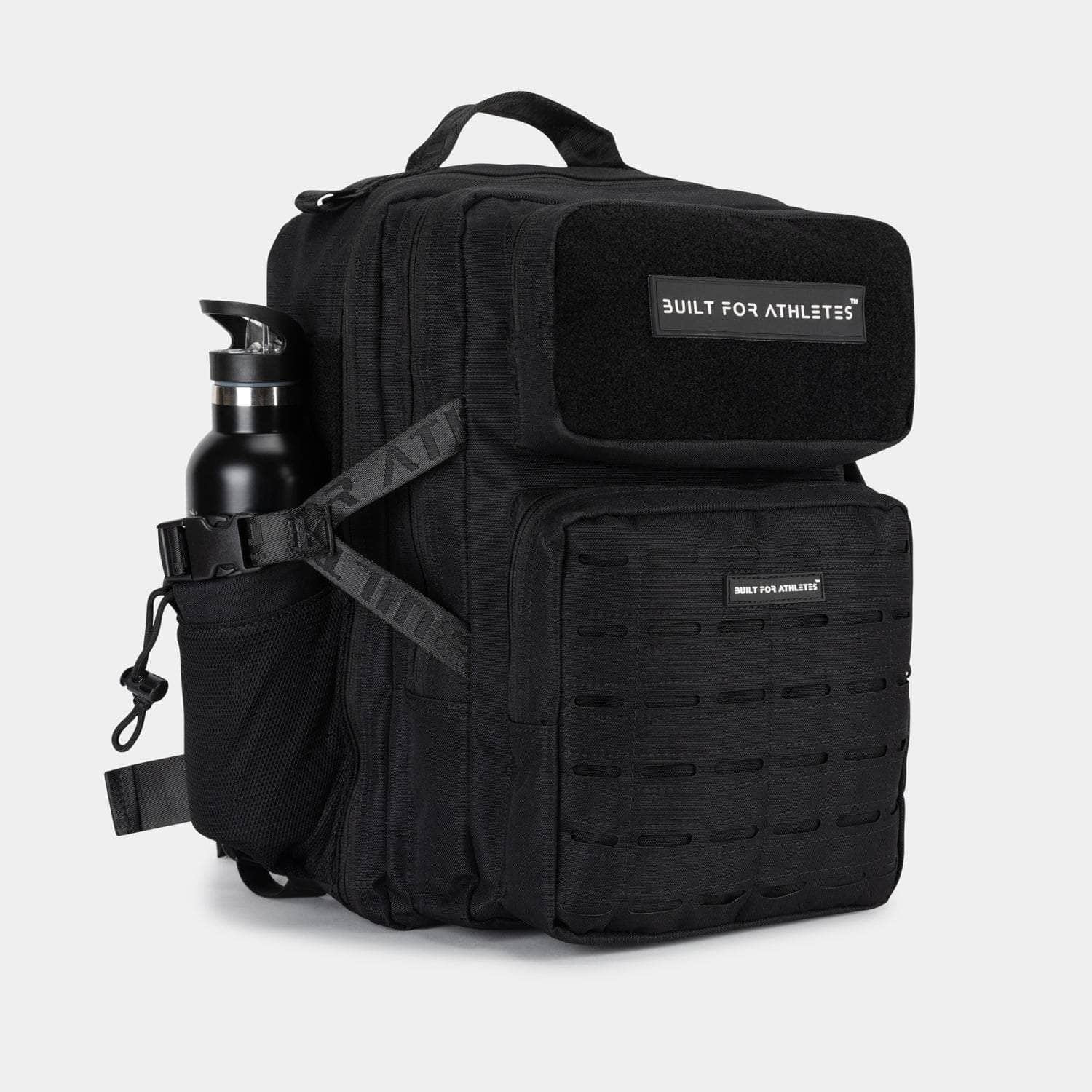



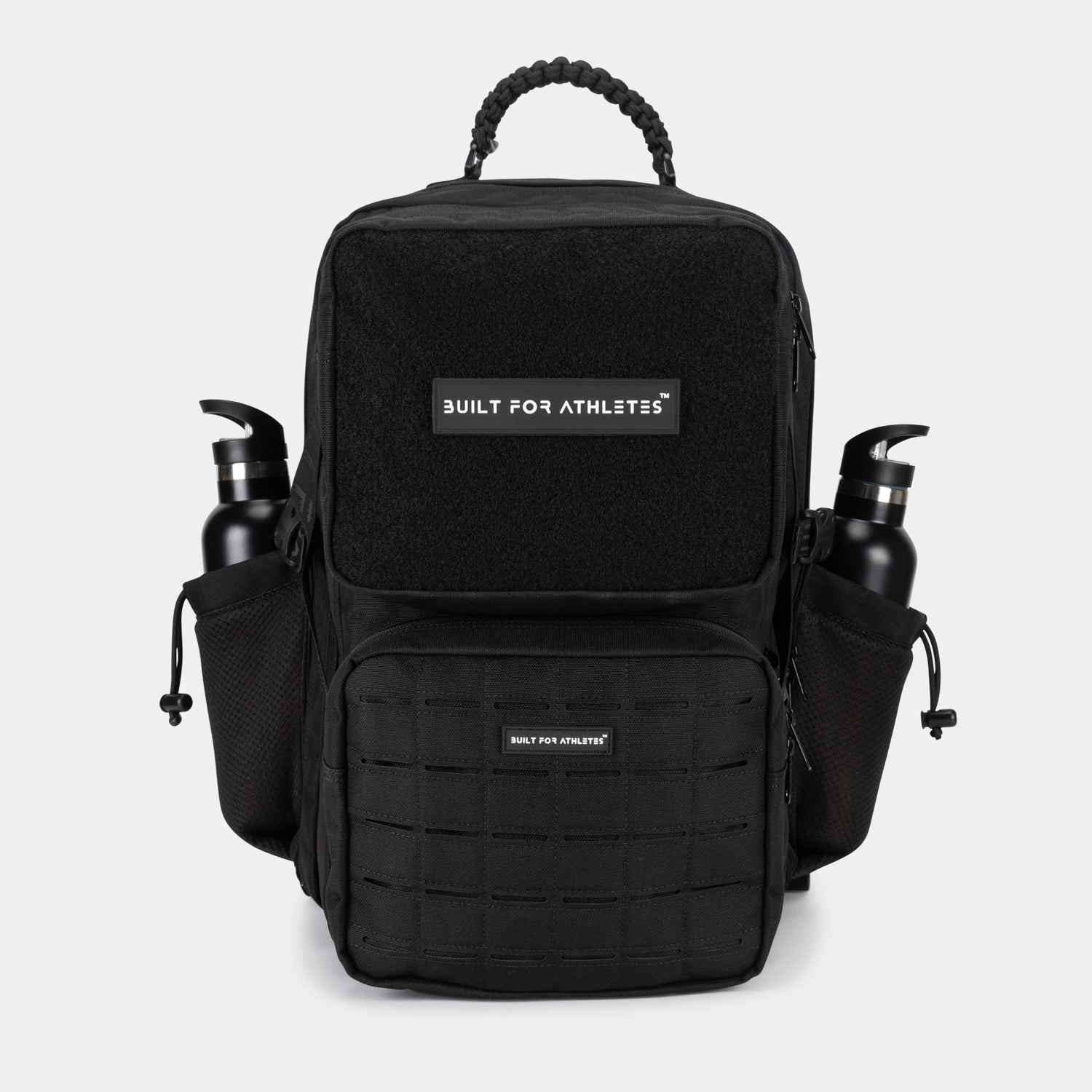
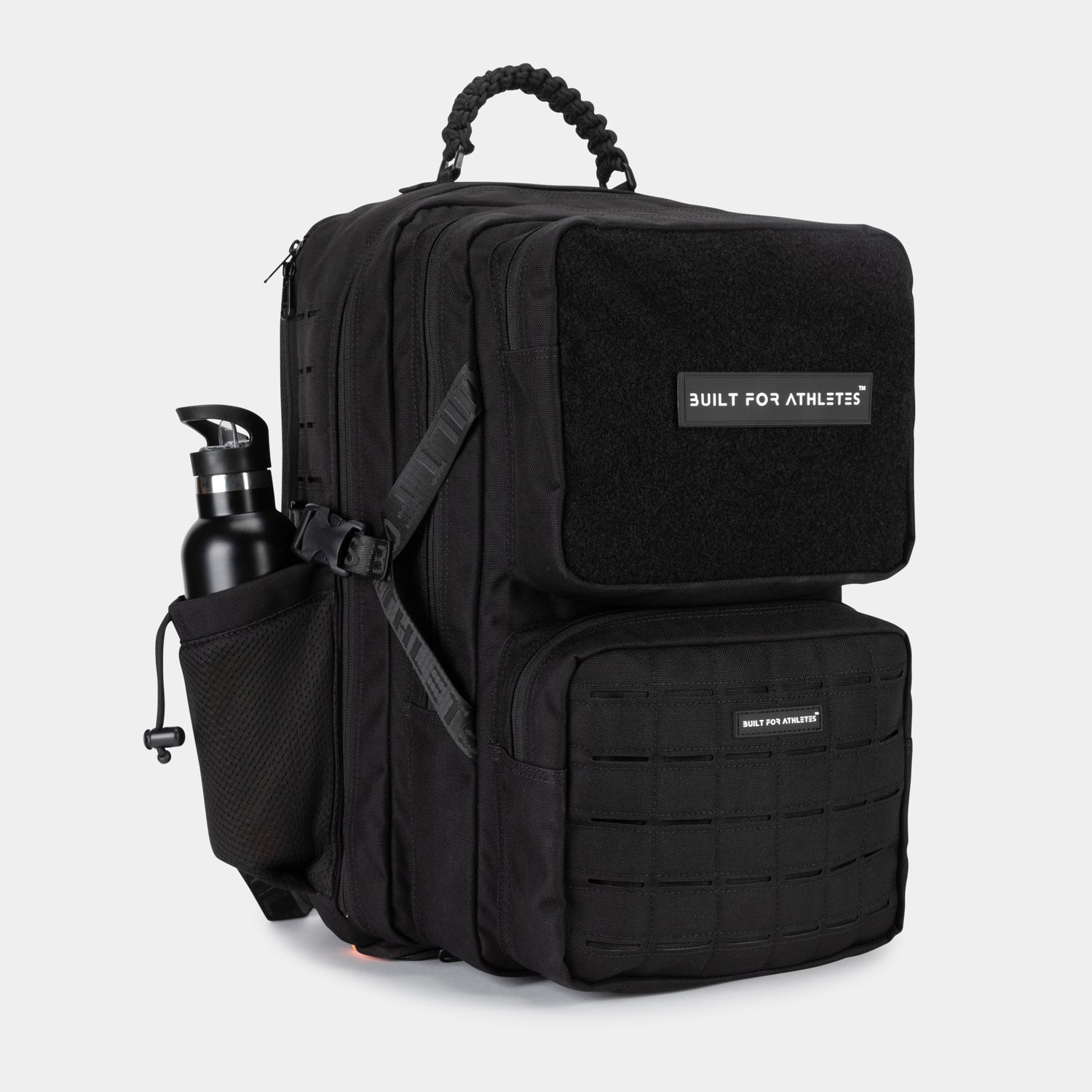
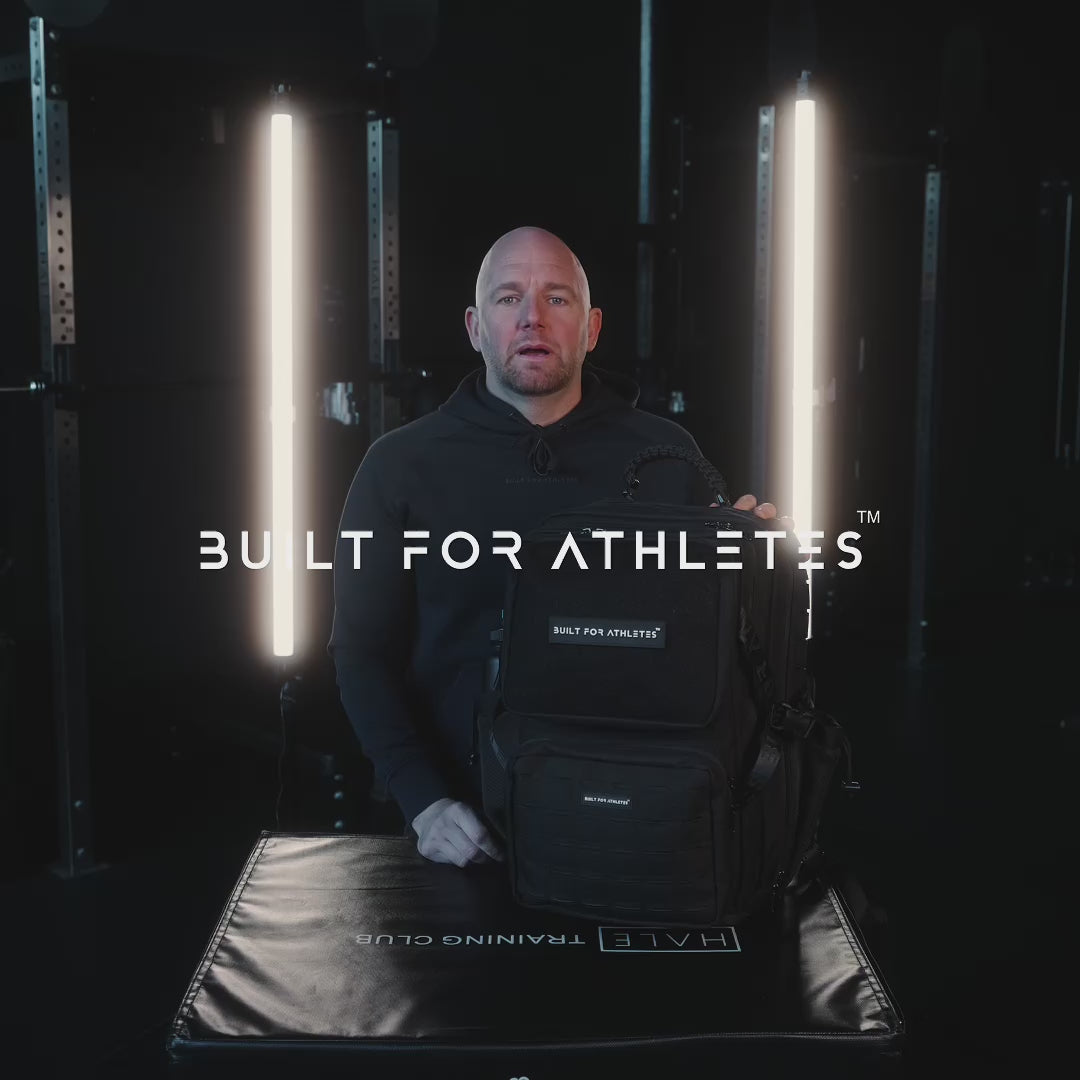
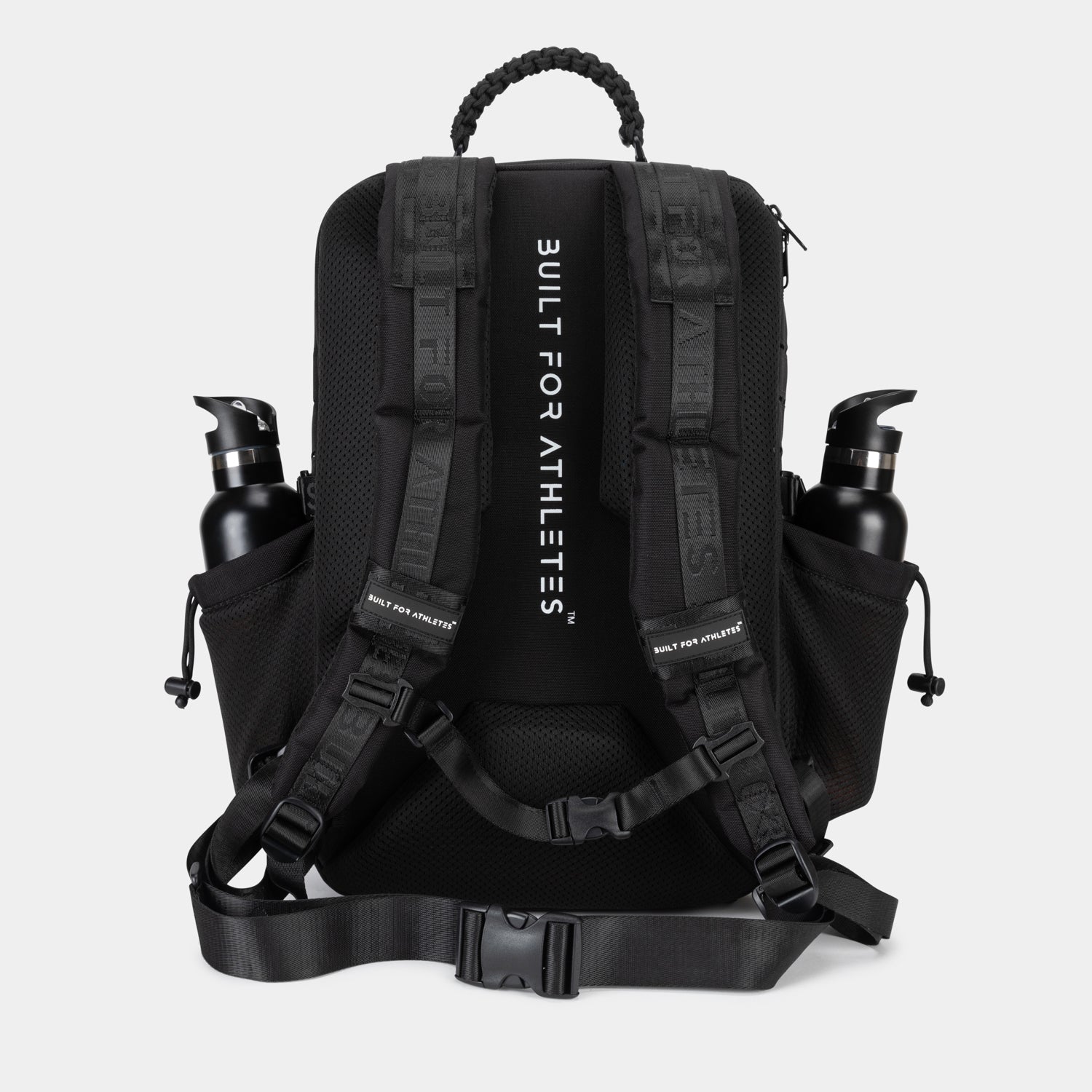









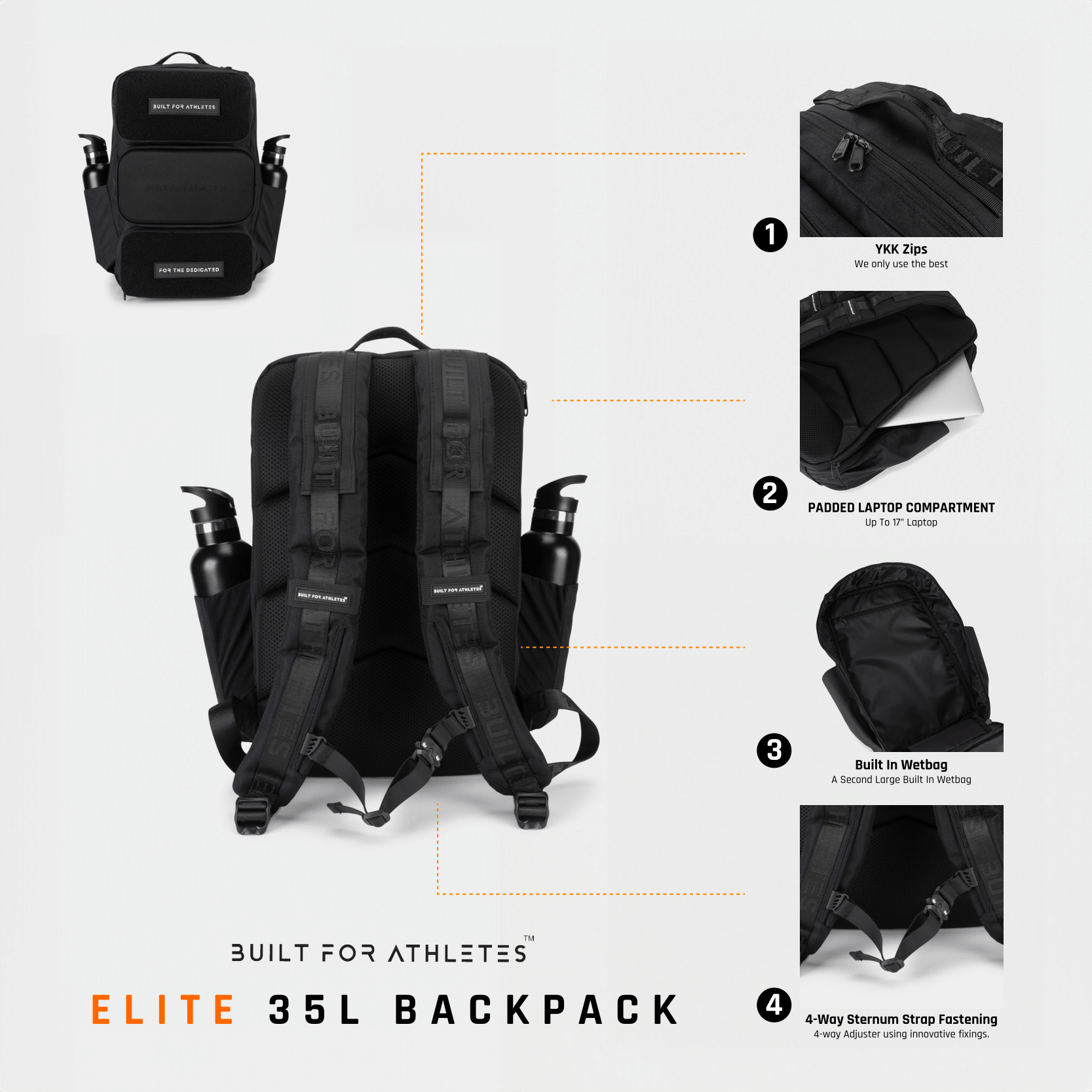
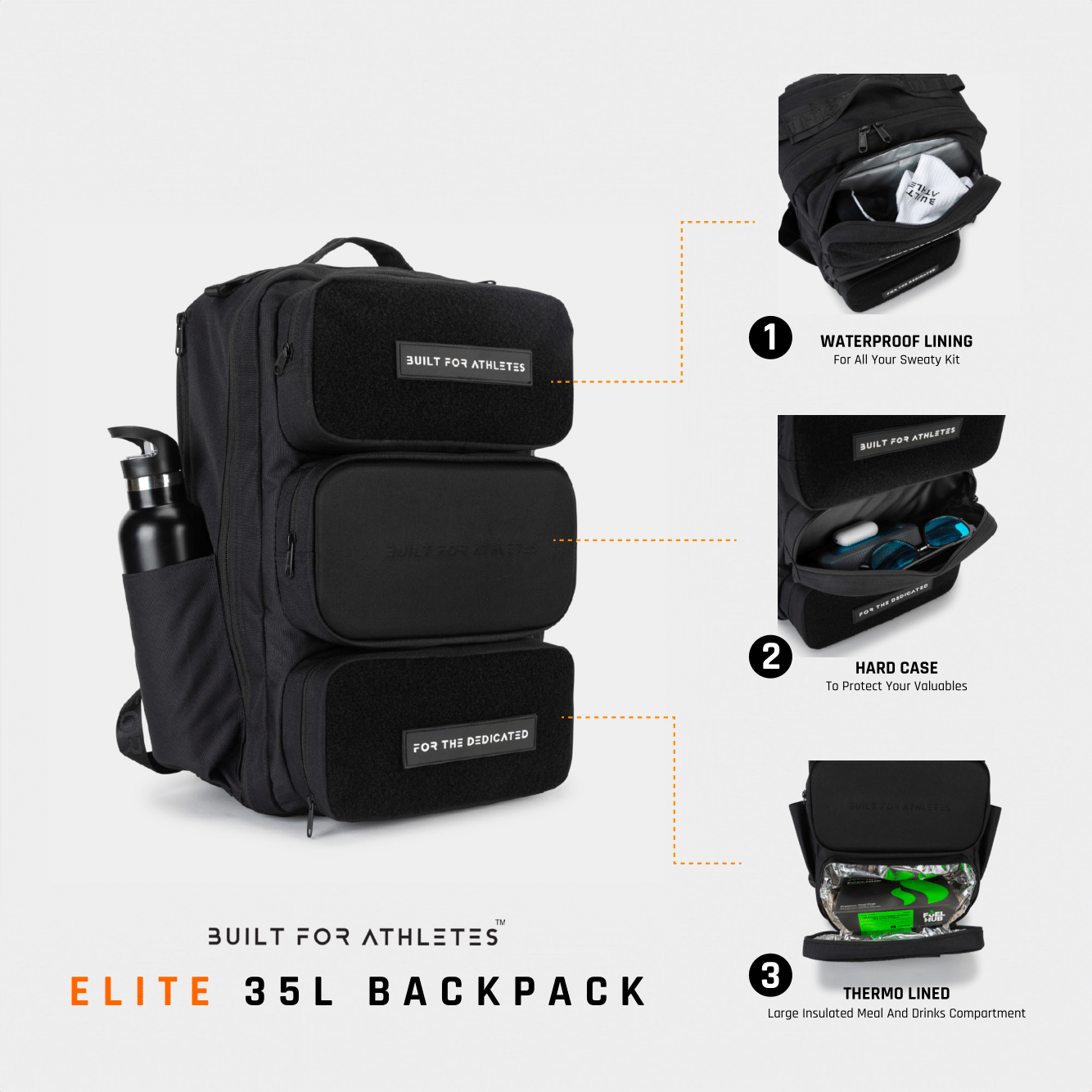



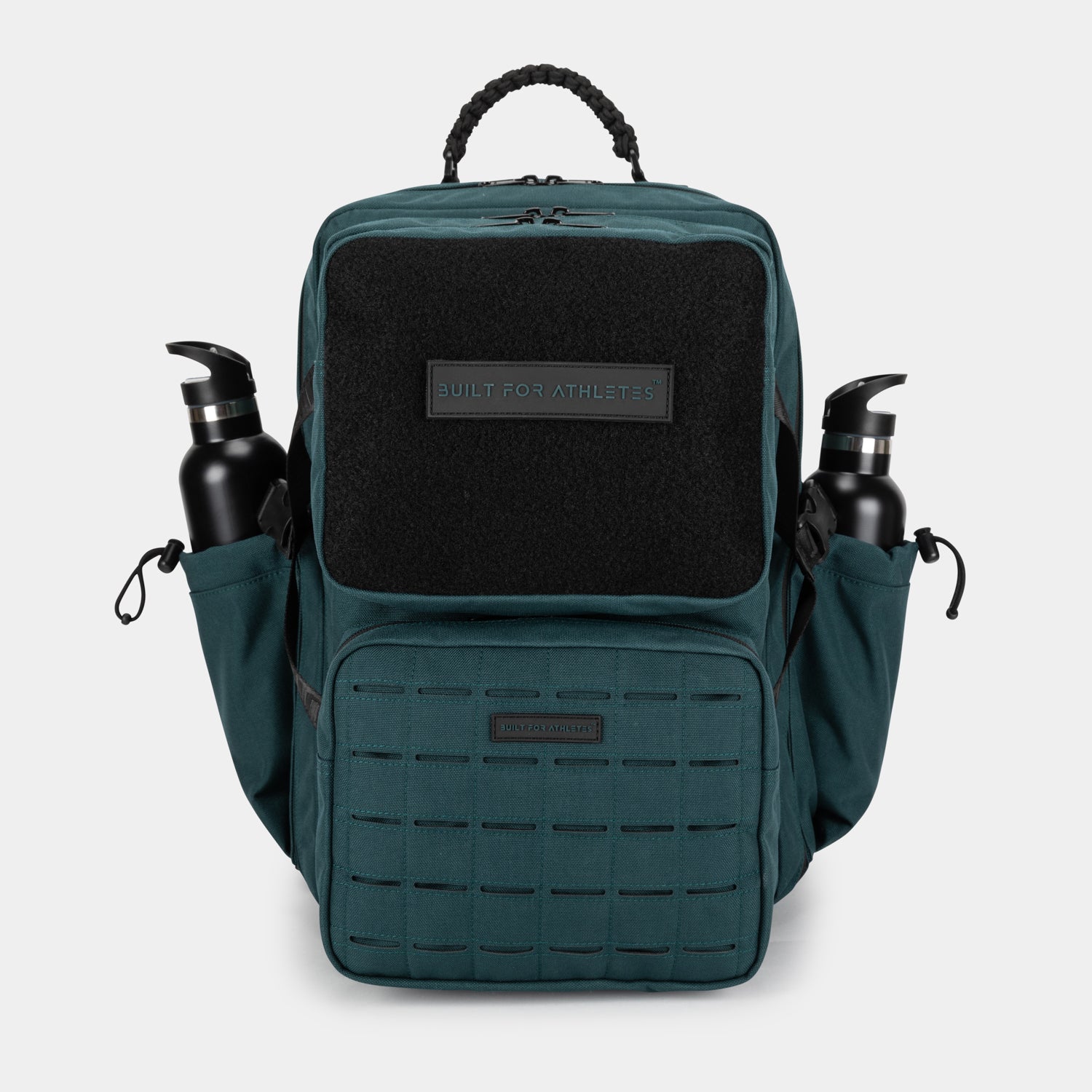
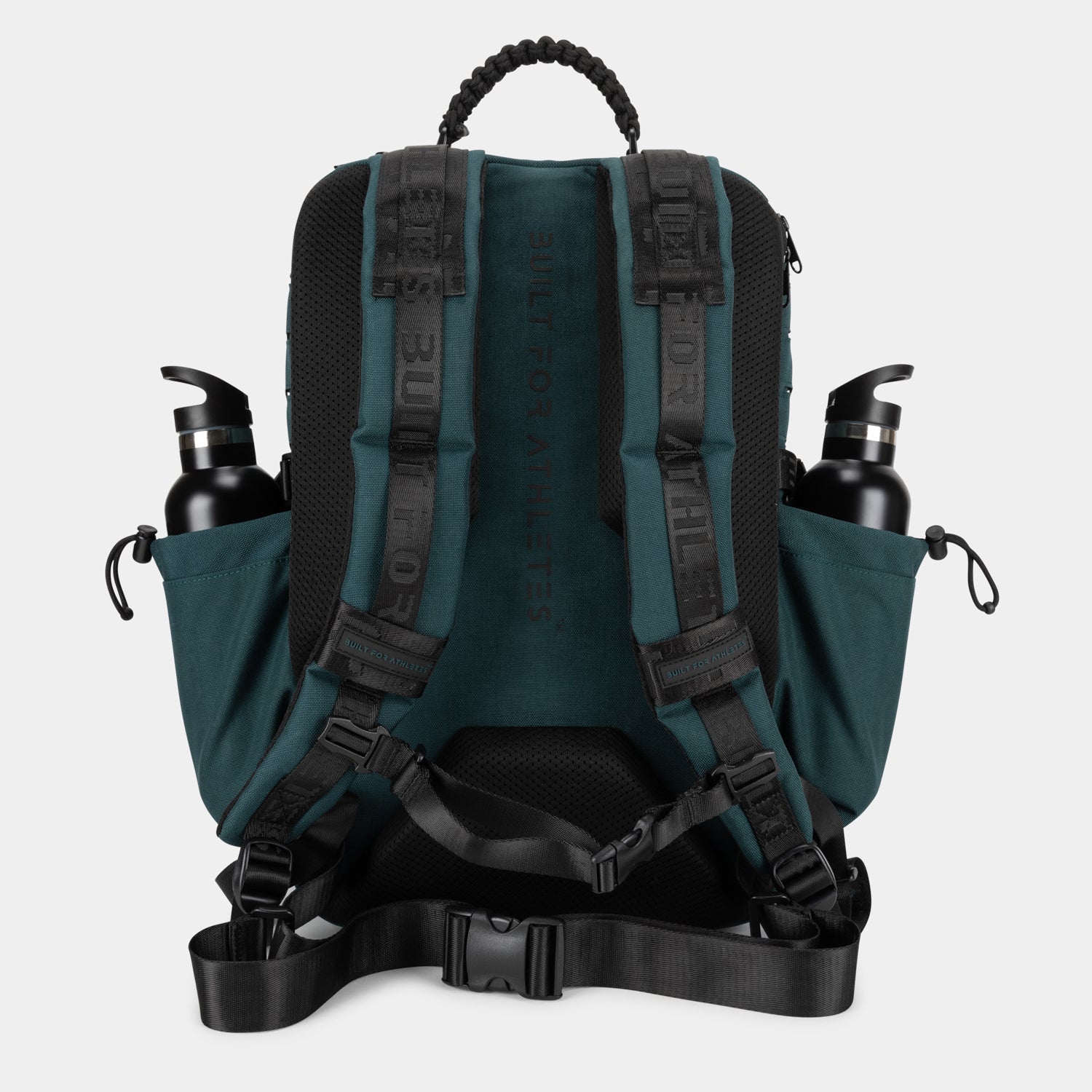
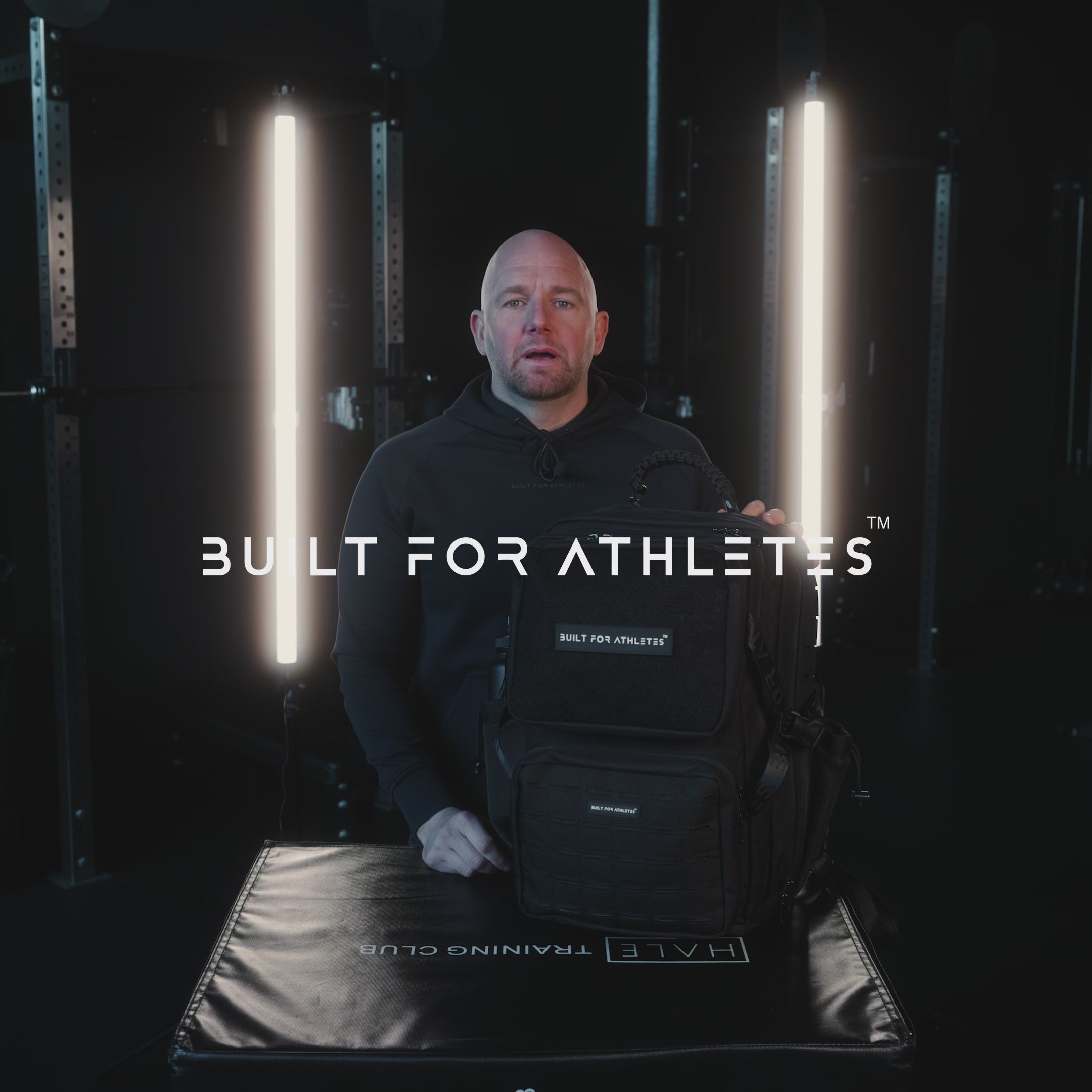
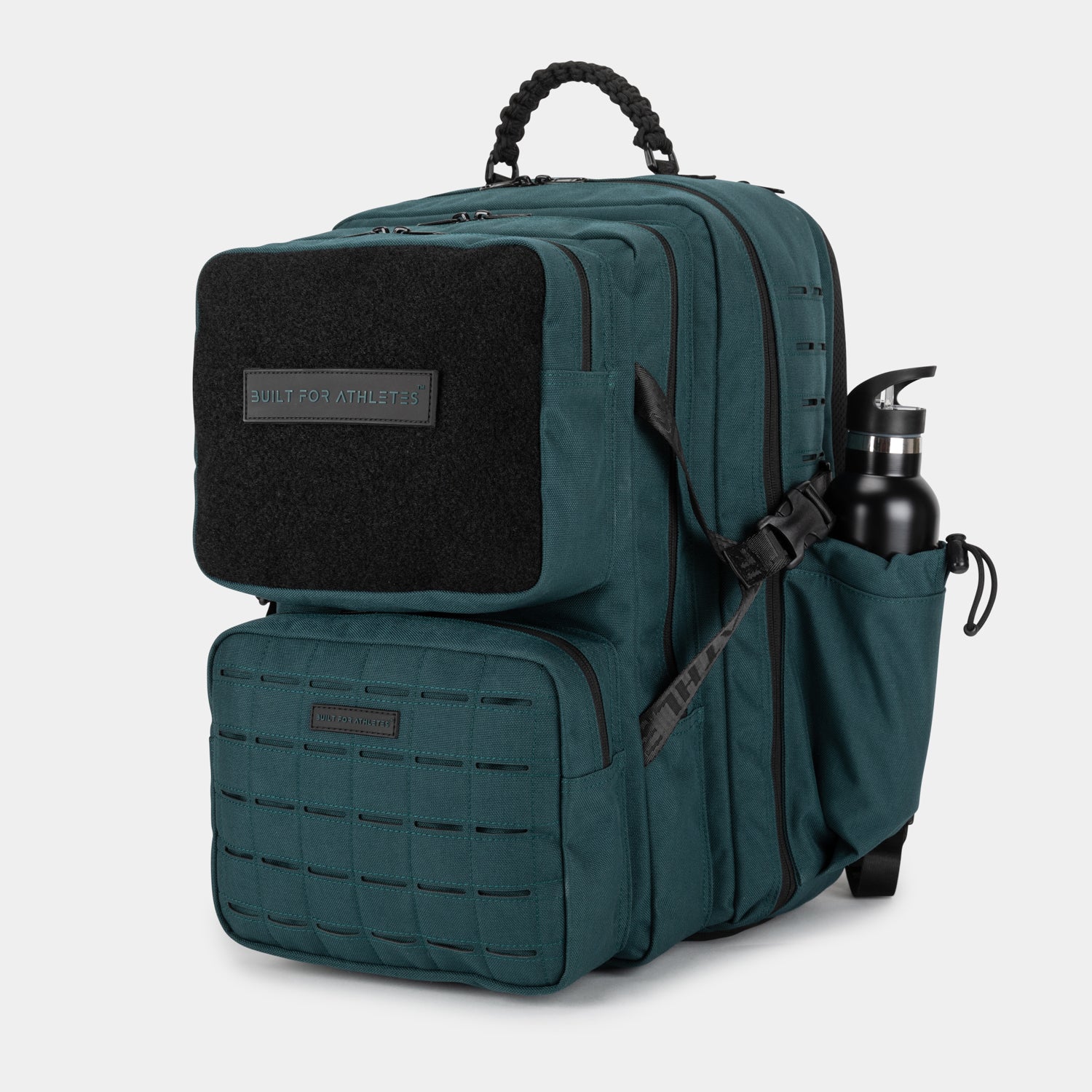
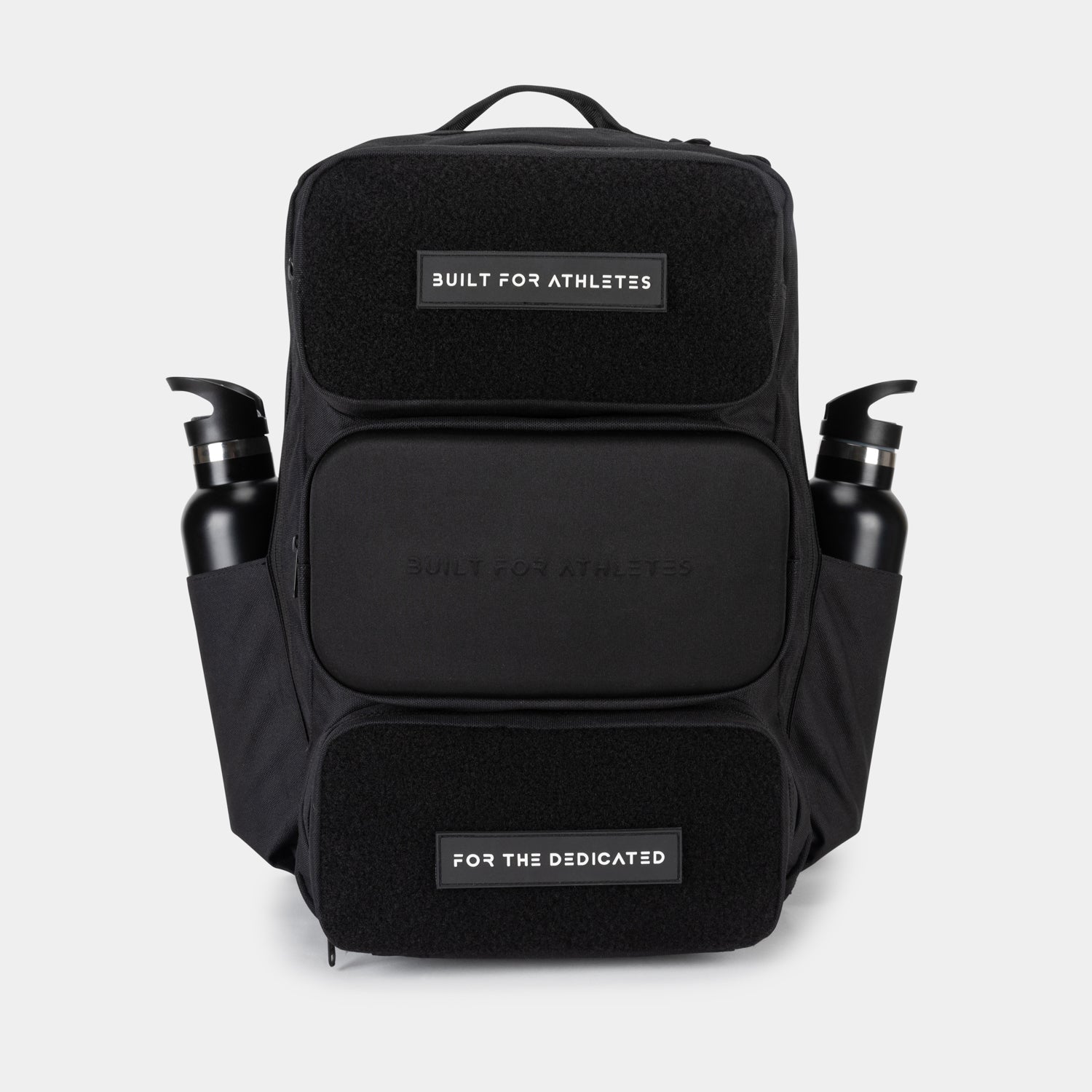
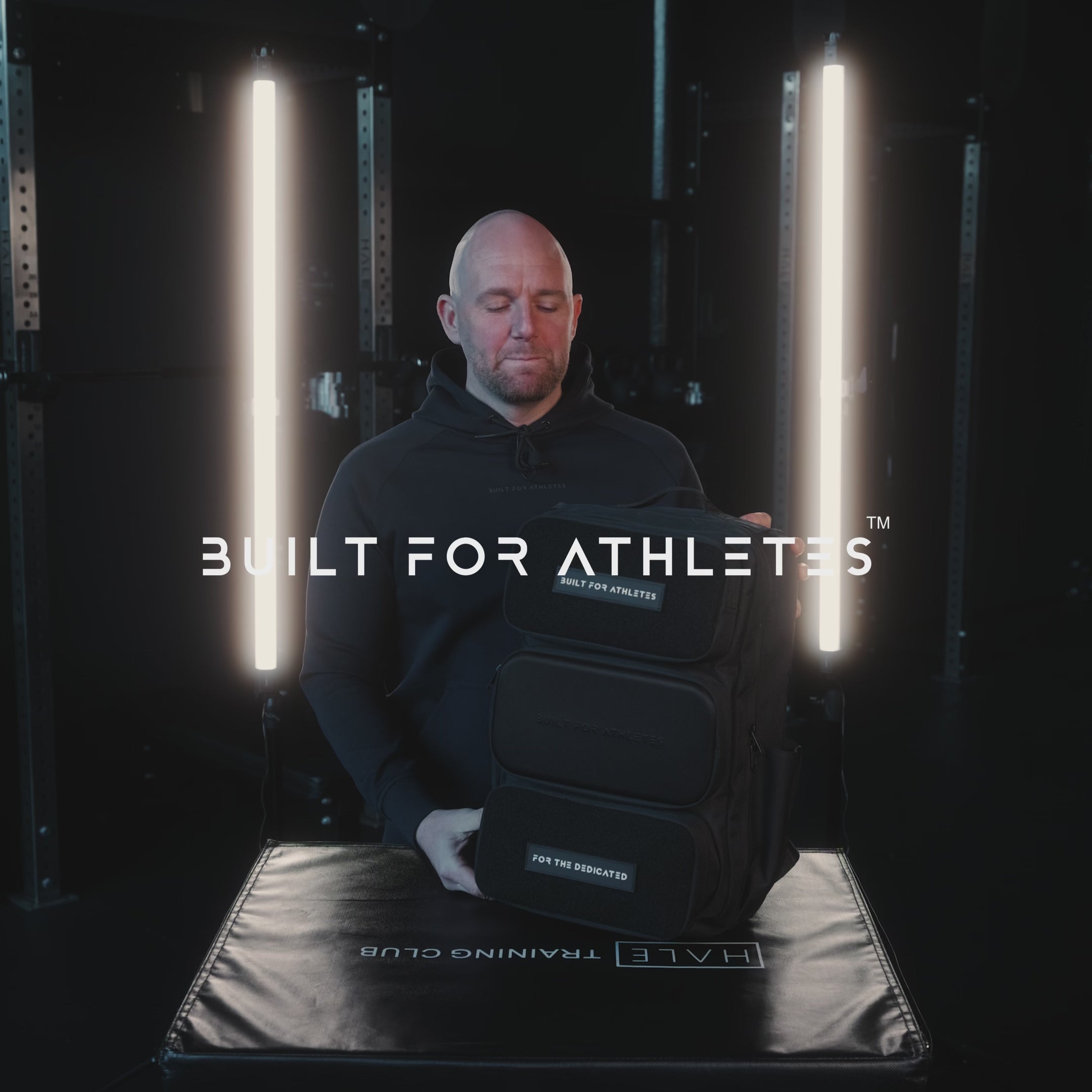
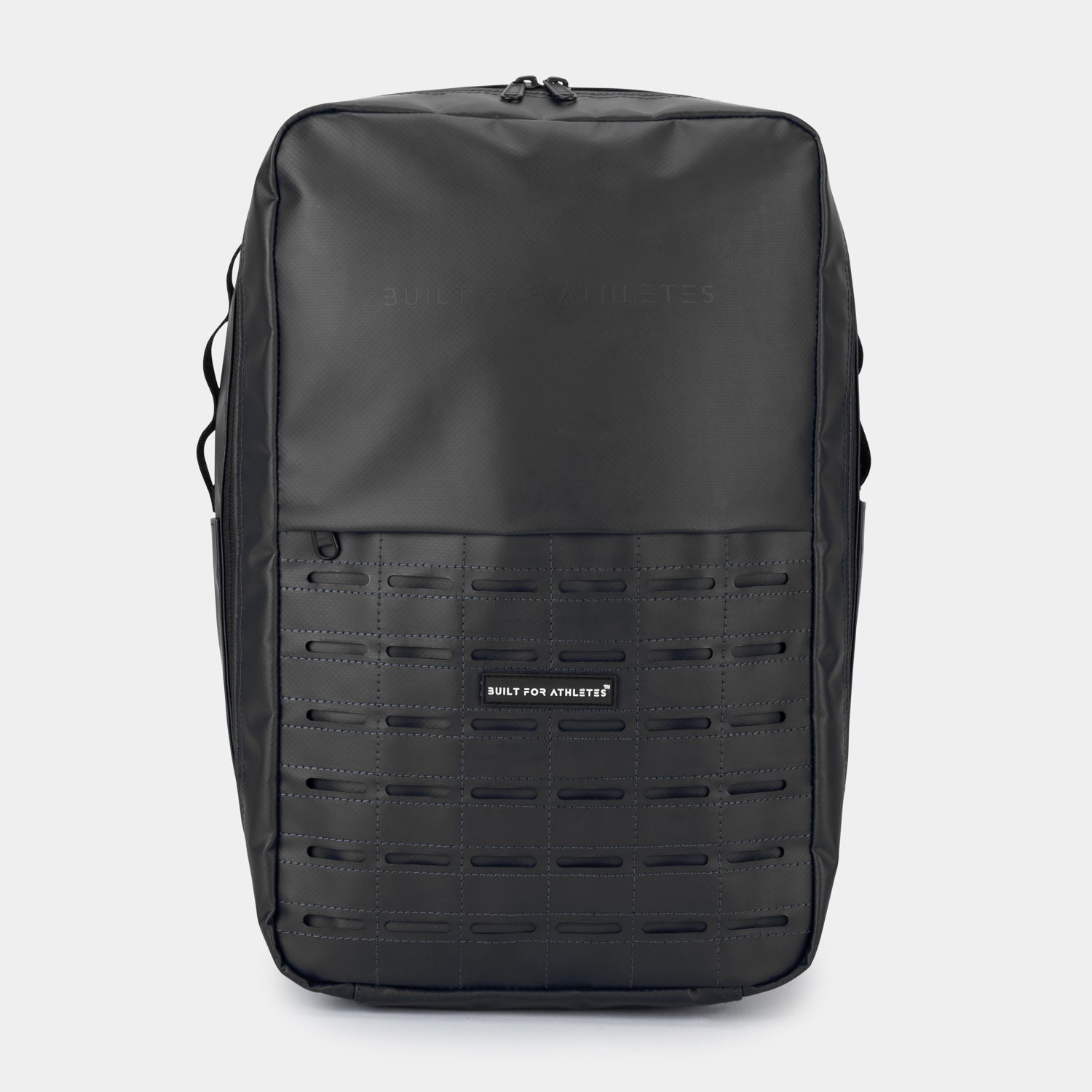
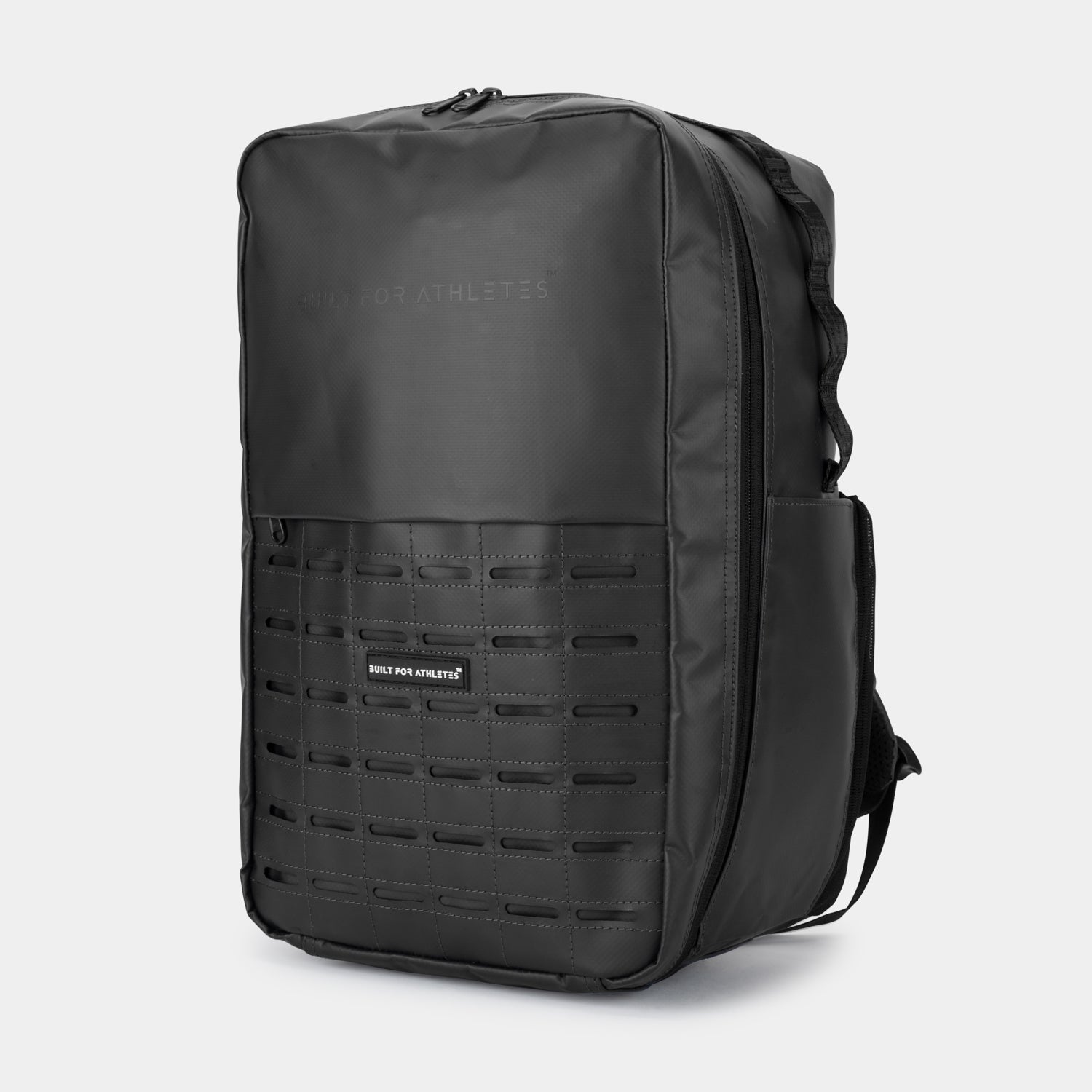
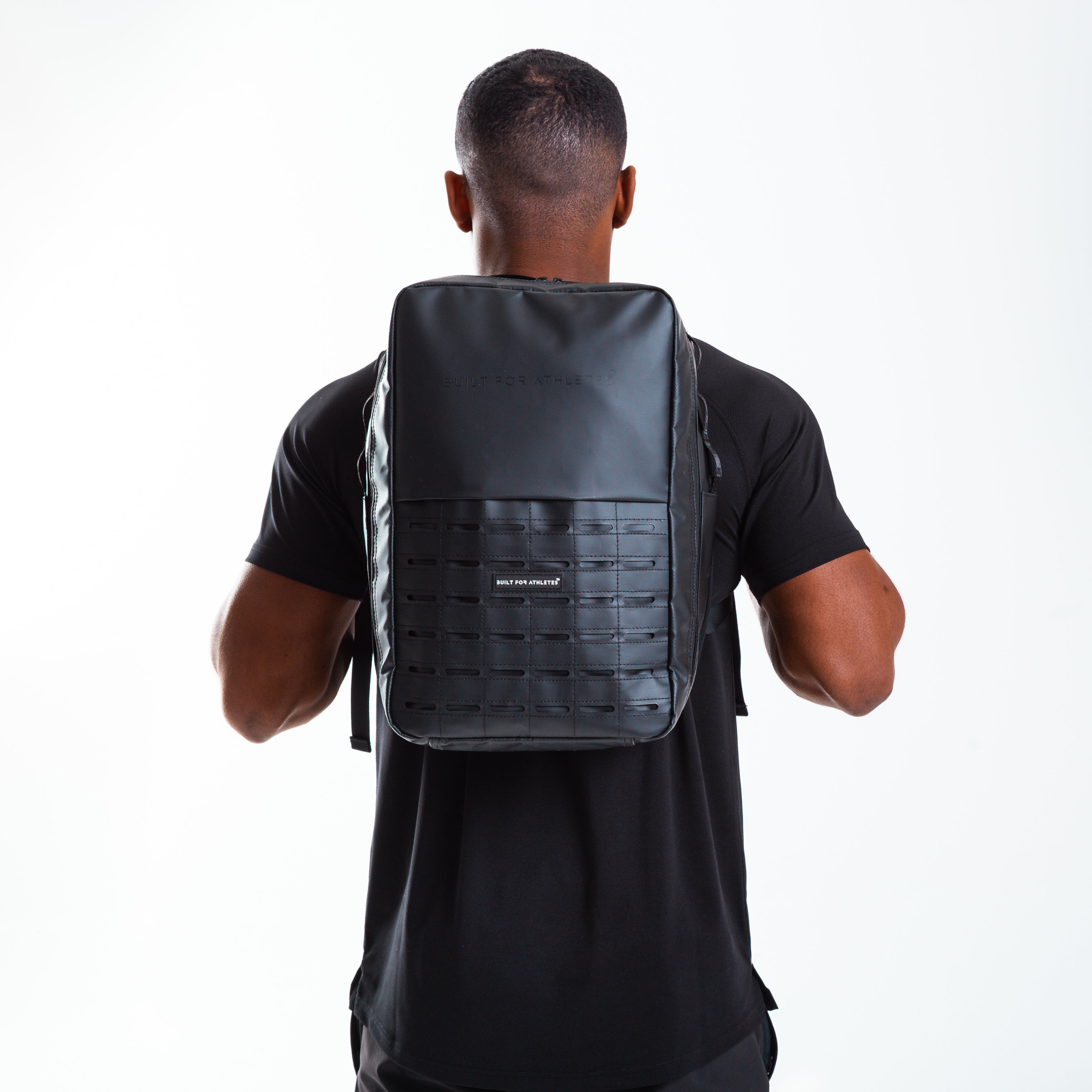
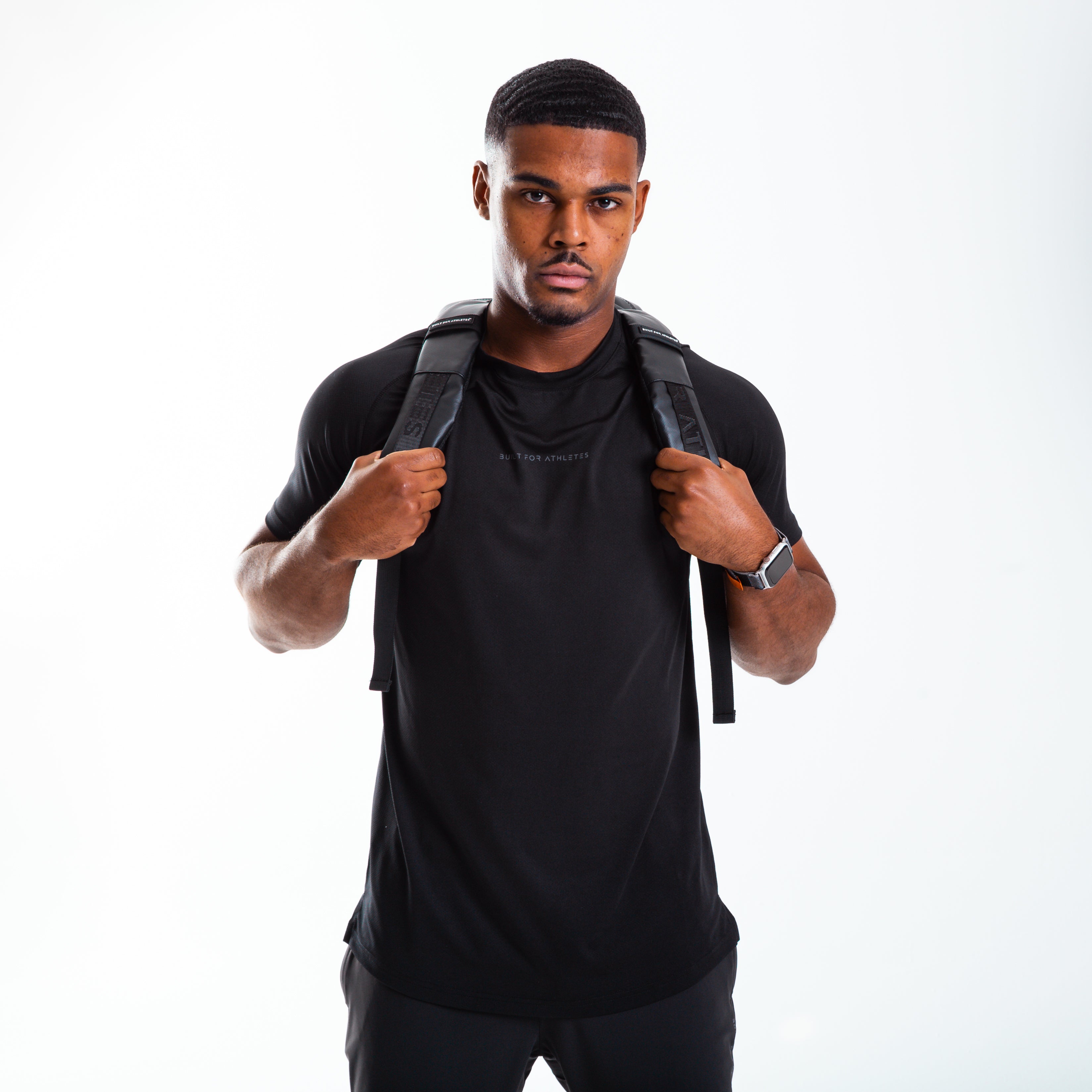


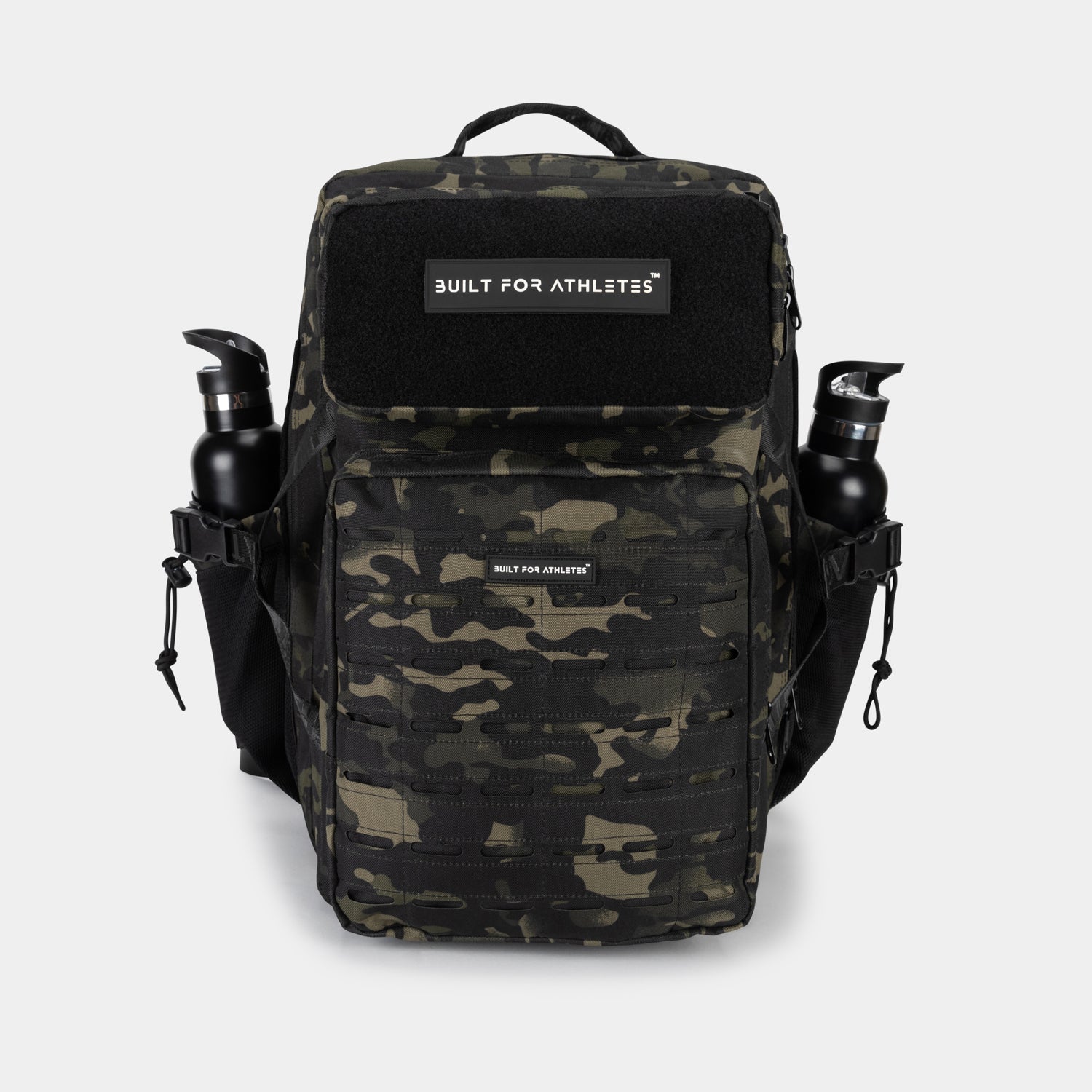
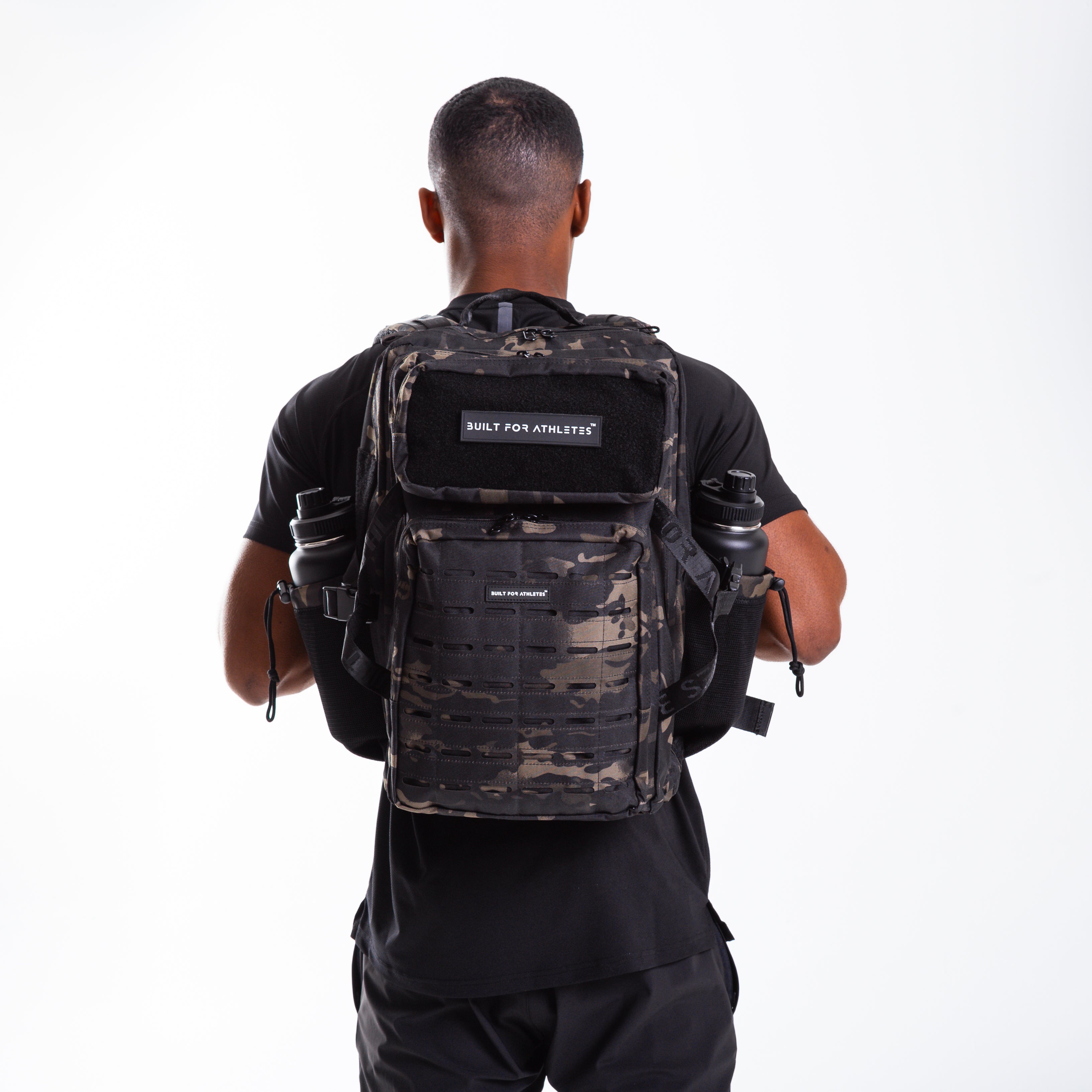
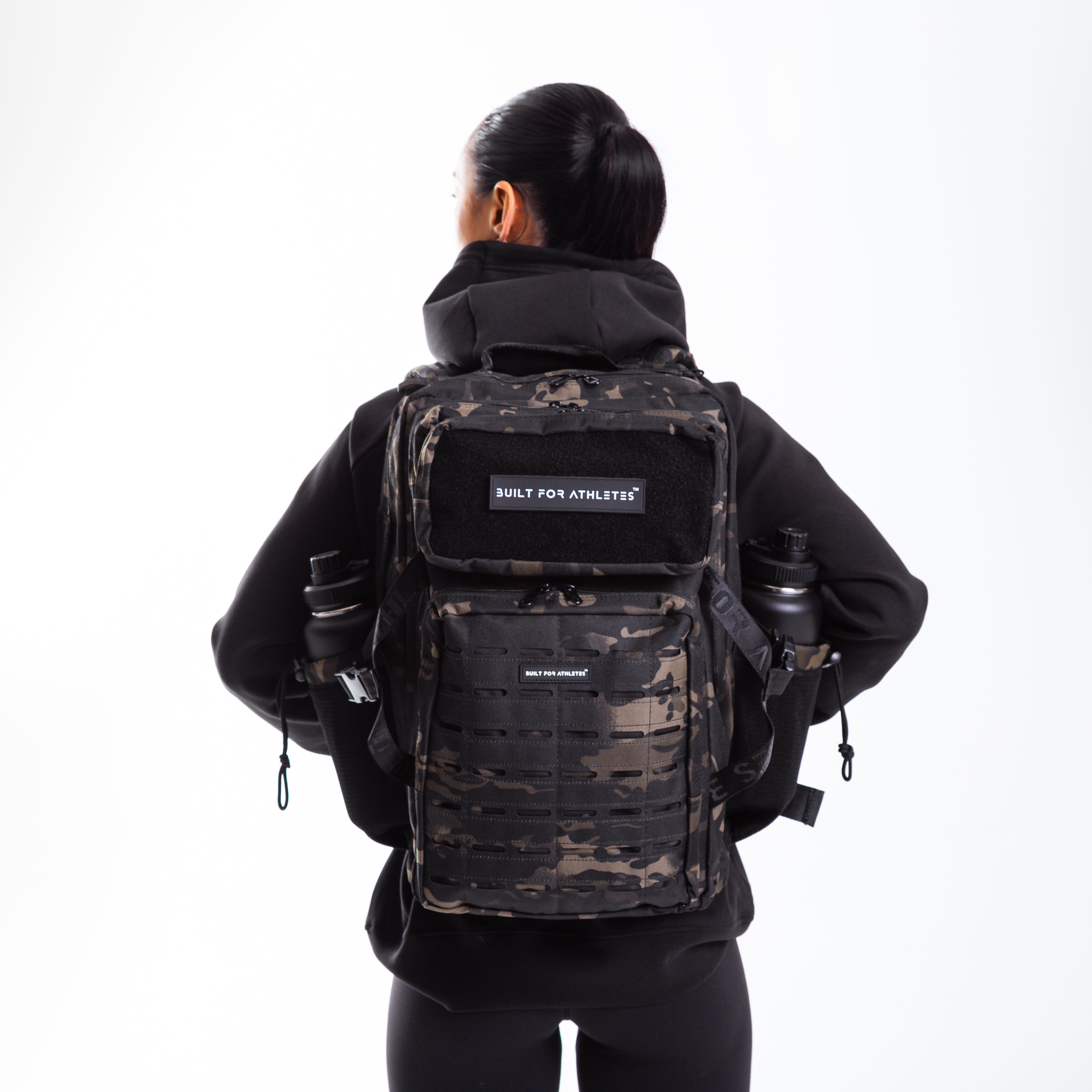
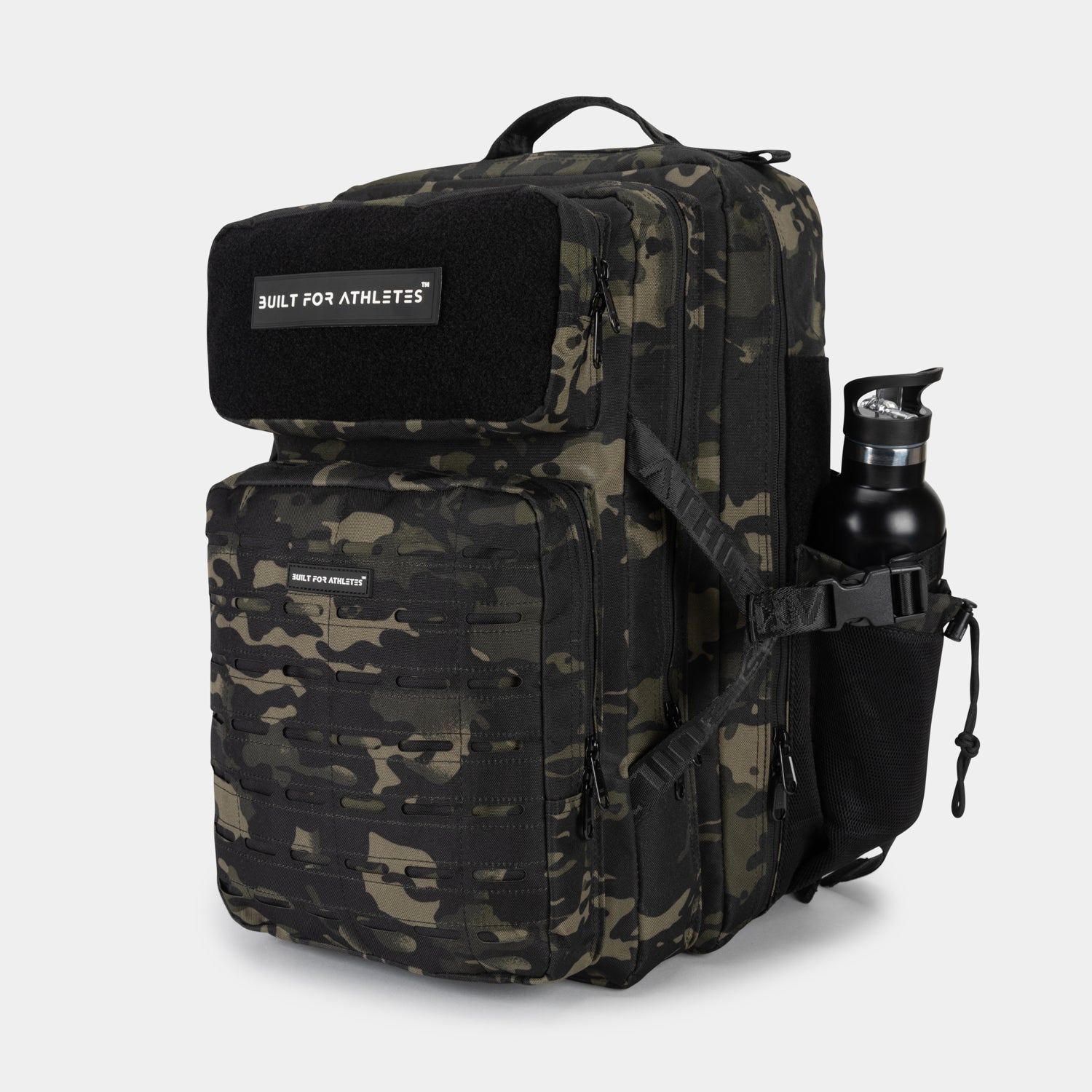
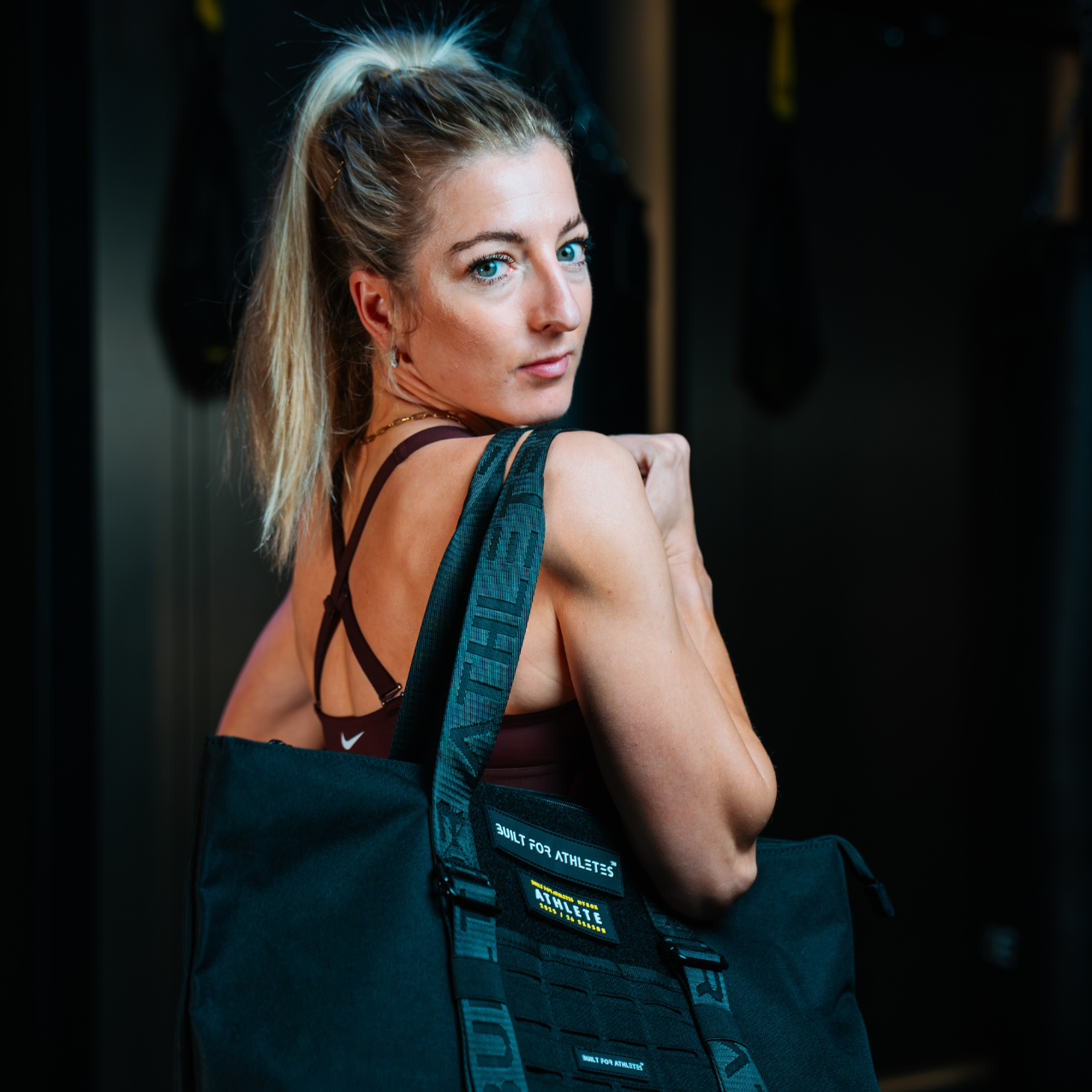
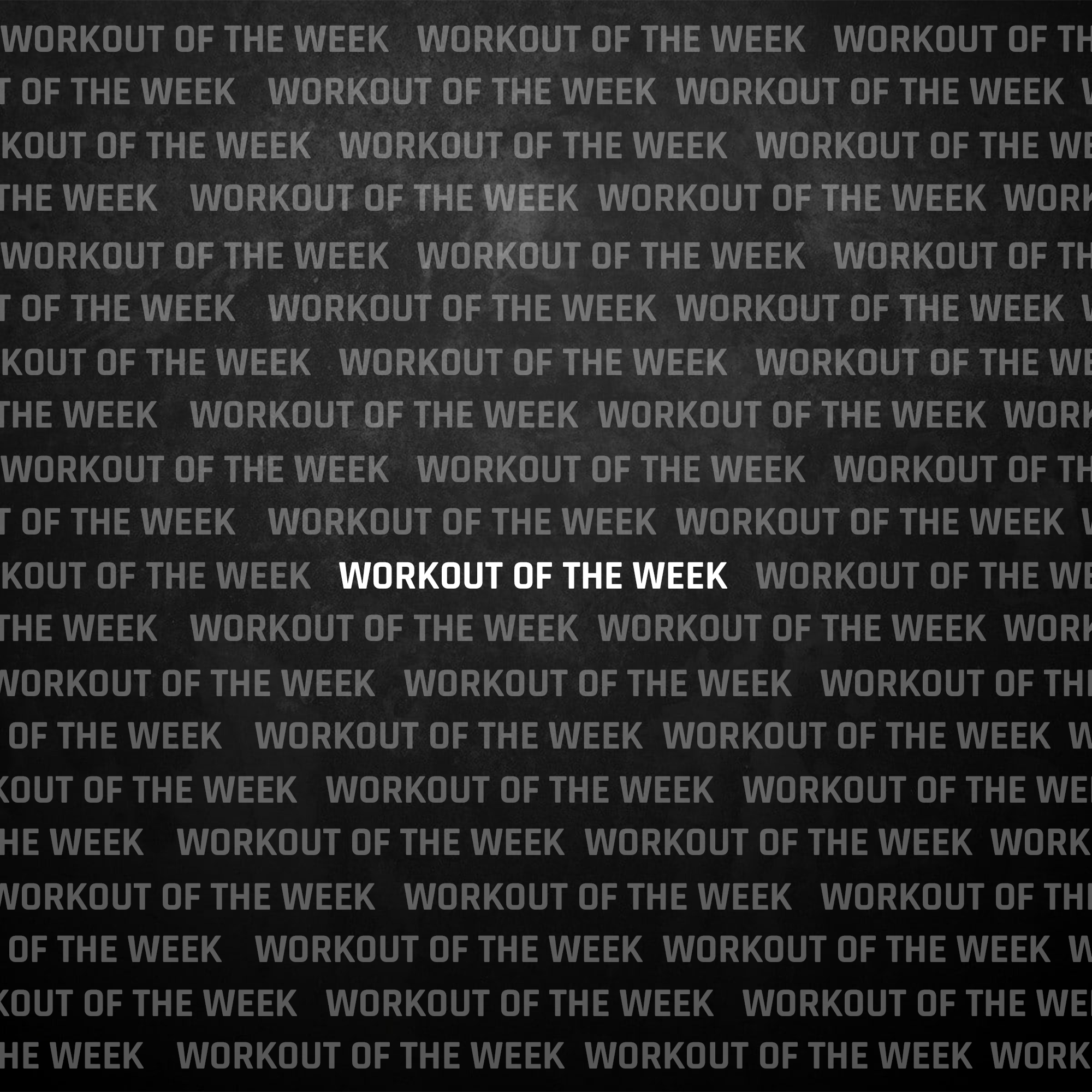
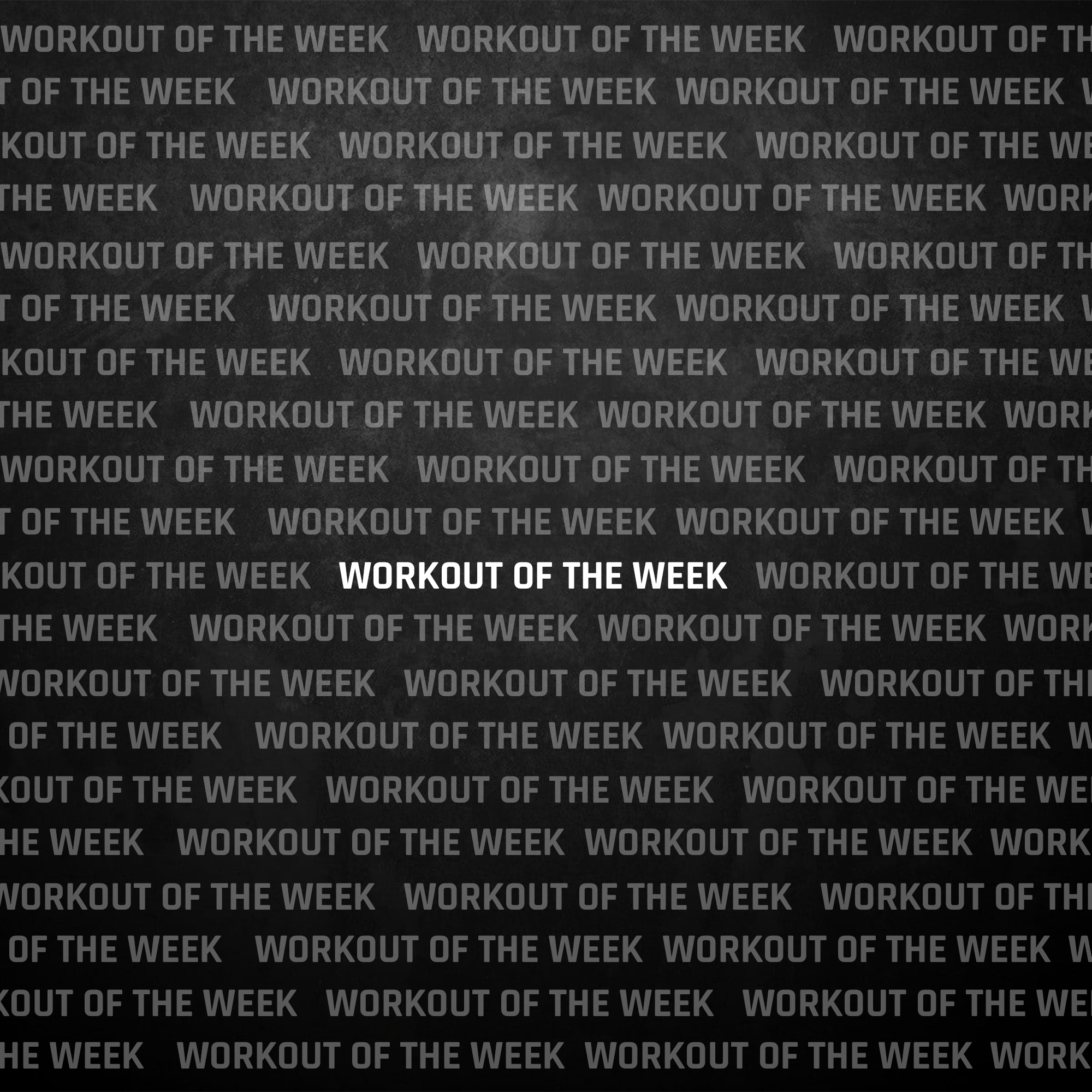
Teilen Sie:
5 Möglichkeiten, während des Lockdowns motiviert zu bleiben
So qualifizieren Sie sich für die CrossFit-Spiele 2021